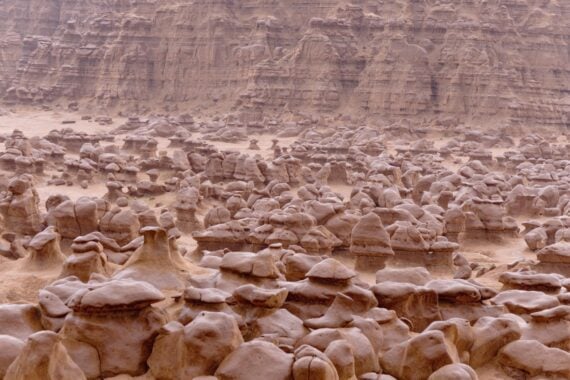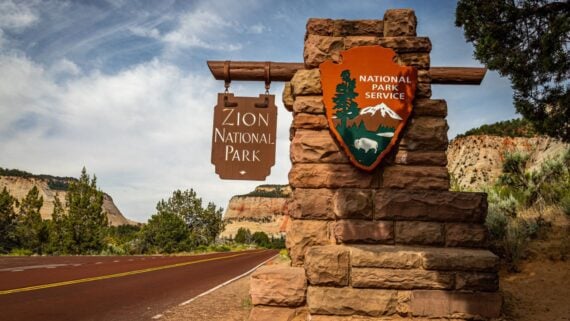Our planet is indeed a beautiful place, but it can also be strange and more than a little mysterious. From unexplained ancient structures to fantastical flora, fauna, and geologic formations, here are destinations on almost every continent — including one eye-popping phenomenon in central Asia that may soon be gone forever — that will blow your mind.
Related: Earth’s Most Alien Landscapes
The Gates of Hell
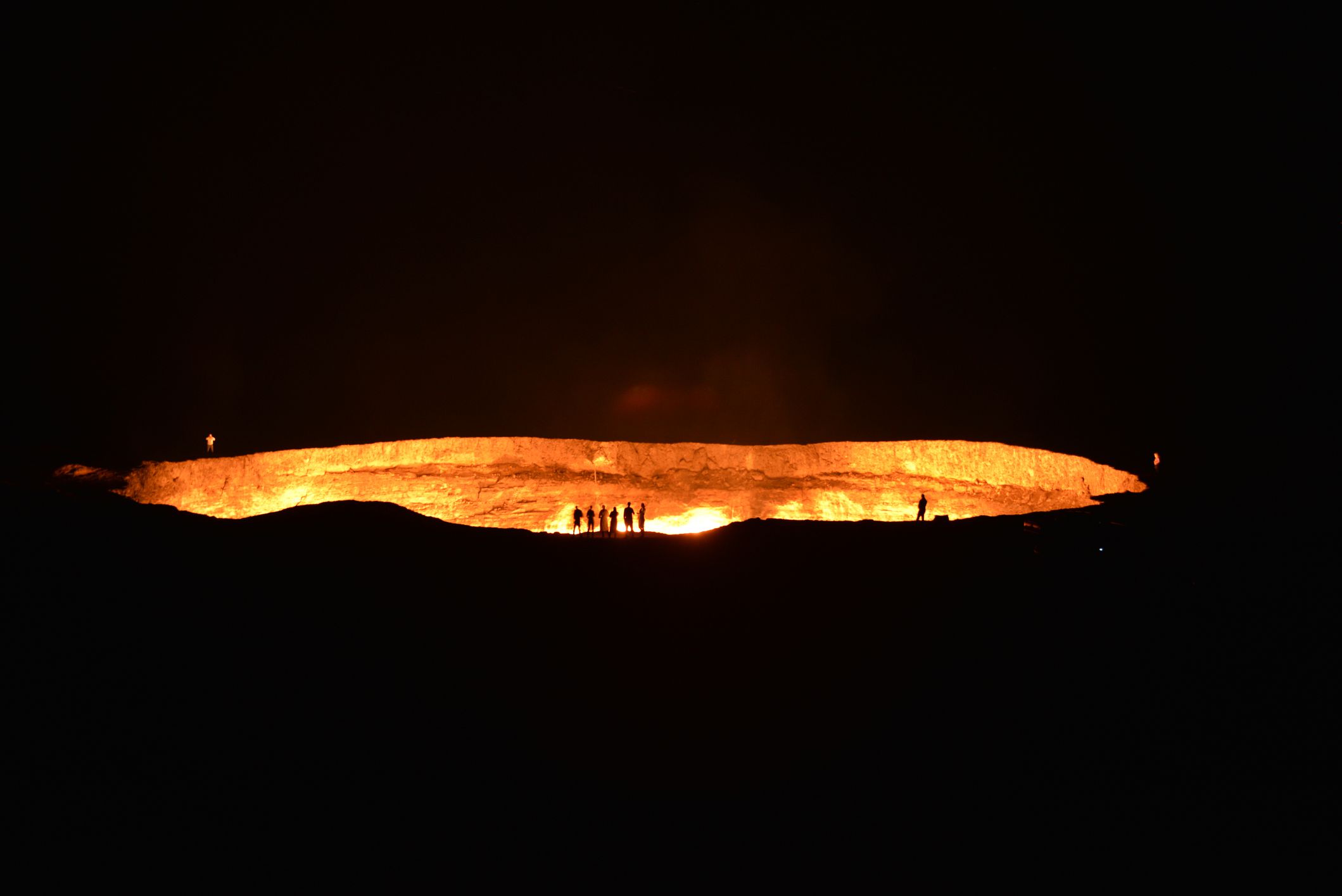
Karakum Desert, Turkmenistan This constantly burning hole in central Turkmenistan, officially known as the Darvaza gas crater, sits above the largest natural gas reserve in the world. It’s man-made, created in 1971 after a drilling rig inadvertently punched into the natural gas cavern, creating a 230-foot wide hole. The Soviets set the escaping gas on fire, thinking it would eventually burn itself out. Fifty years later, they’re still waiting, and Turkmenistan’s president has reportedly ordered his Cabinet to find a way to close the site, which has become an unlikely tourist attraction. According to a state-run newspaper, President Gurbanguly Berdymukhamedov is concerned about the health of people living near the crater, potential environmental damage, and the waste of natural-gas resources.
Related: Amazing Tourist Attractions That No Longer Exist
Nazca Lines
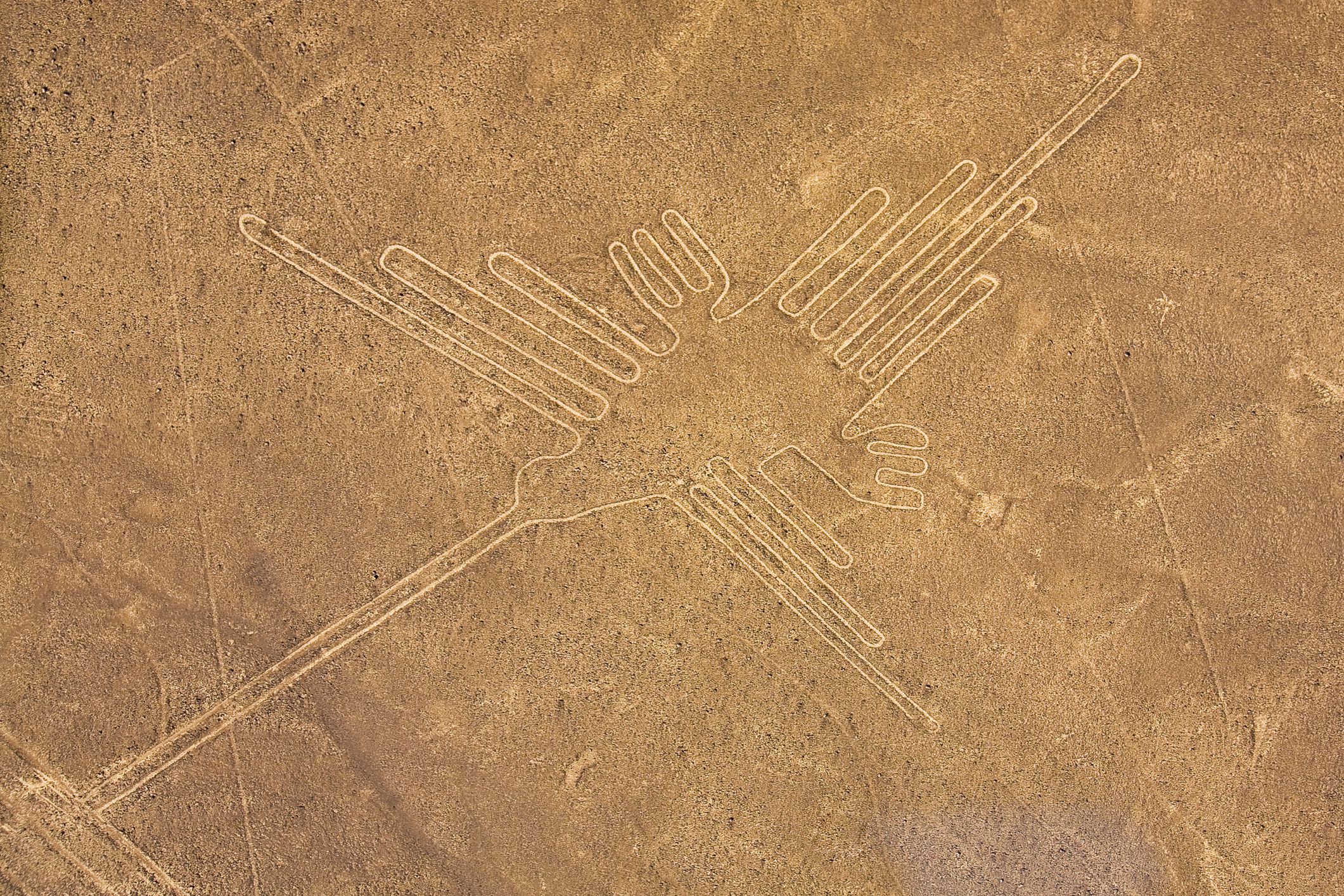
Nazca, PeruThese giant ancient pieces of line art — of which, according to National Geographic, there are “over 800 straight lines, 300 geometric figures, and 70 animal and plant designs” — were only discovered after the invention of flight. Atlas Obscura notes that they’re estimated to have been made around 200 B.C. to 600 A.D., but otherwise remain a relative mystery.
Related: 22 Weird, Abandoned Places Across America
The Richat Structure
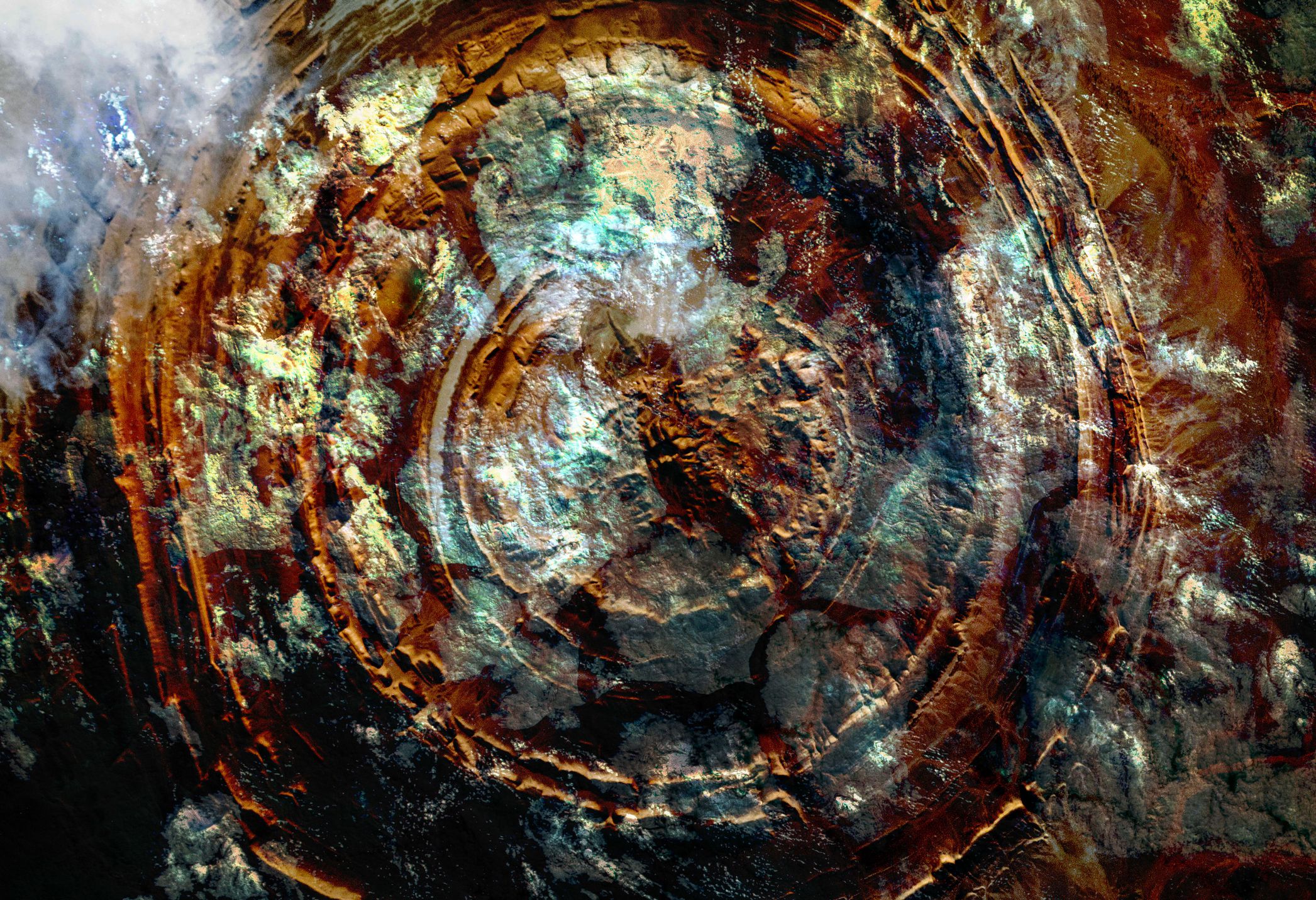
Mauritania, Africa Also called the Eye of Africa or the Eye of the Sahara, this is a type of geologic feature characterized by an eroded volcanic dome. It is 25 miles in diameter and, despite parts of it being around 100 millions years old, its existence was not well known until the 20th century.
For more great travel articles, please sign up for our free newsletters.
Uluru
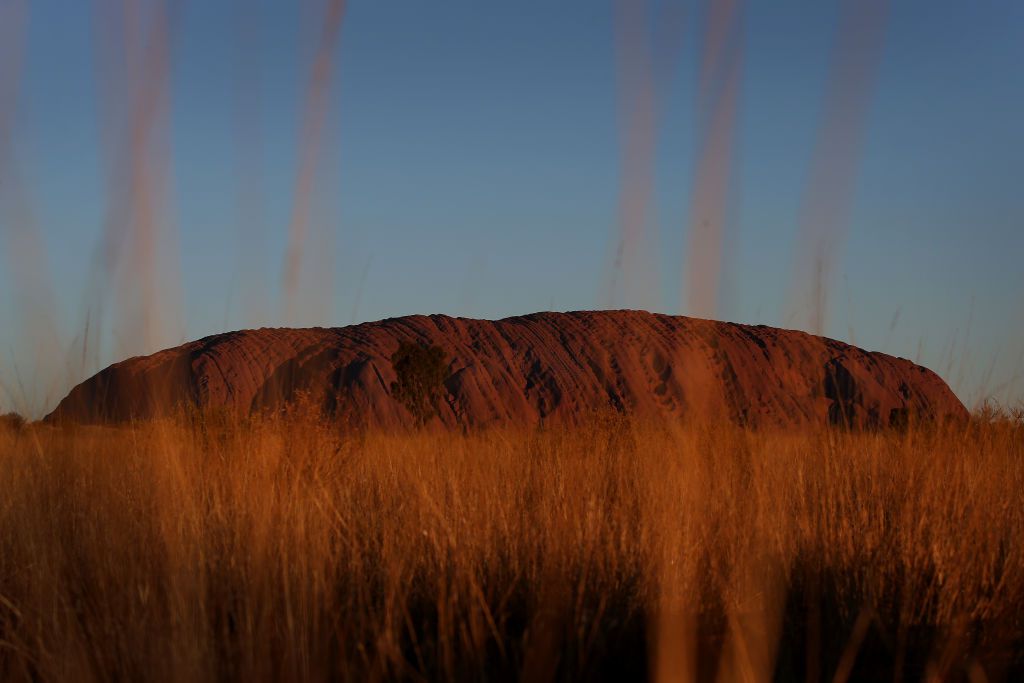
Australia Also known as Ayers Rock, this red sandstone monolithic rock is in Australia’s arid and expansive North Territory and about 280 miles from the nearest town. In geologic circles, it is known as an inselberg, or “island mountain,” and it’s sacred to the local Pitjantjatjara people and now off-limits to climbers.
Reed Flute Cave
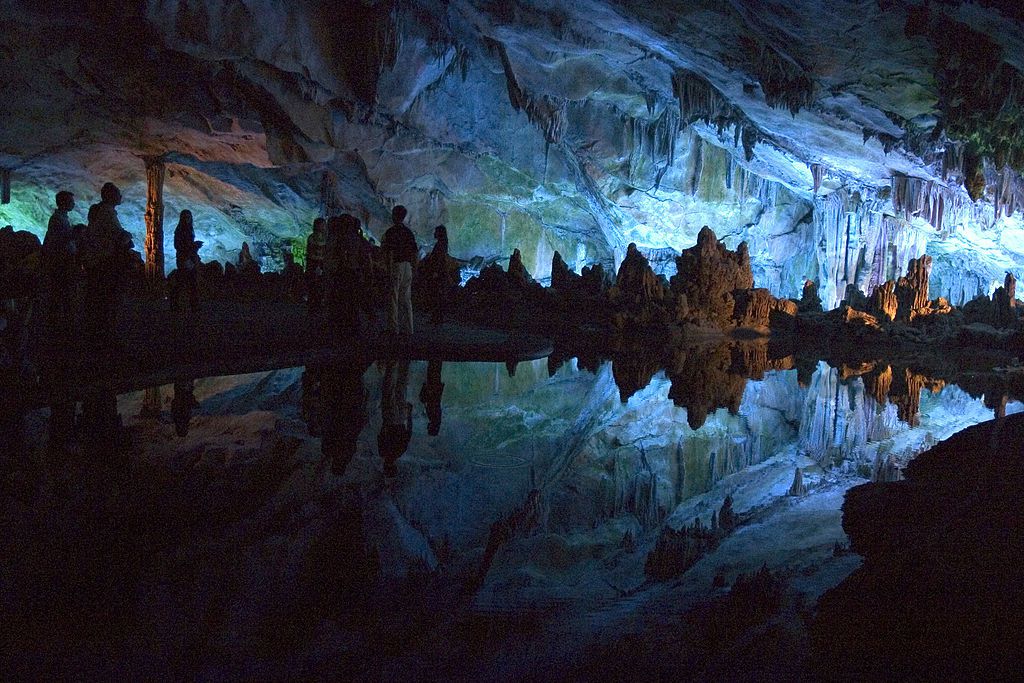
Guilin, China With evidence uncovered that this cave served as a sacred hideaway more than a millennia ago, it was rediscovered in the 1940s and eventually reopened as an attraction lit with vibrant, multi-colored lights.
Trending on Cheapism
Dragon’s Blood Trees
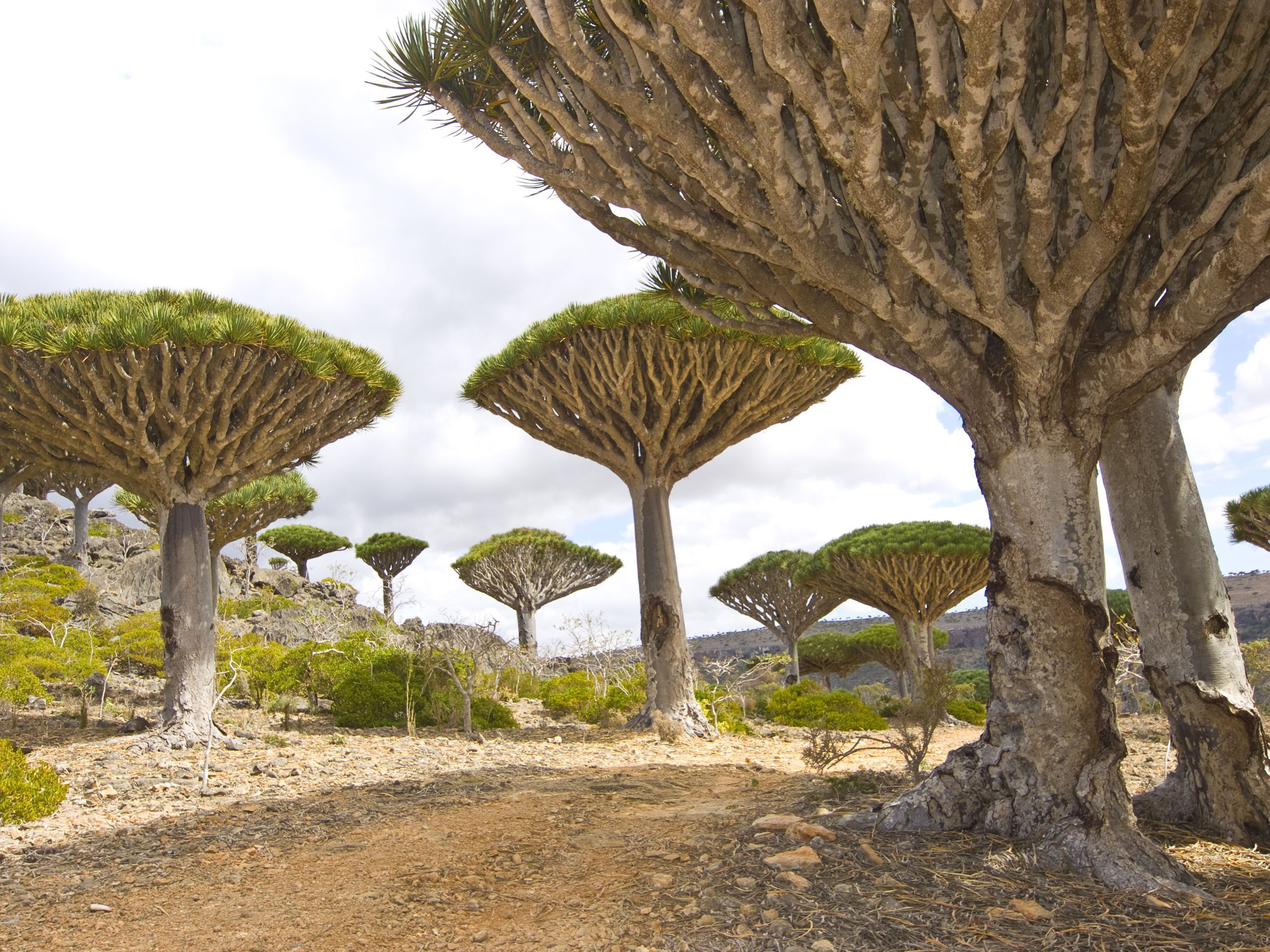
Socotra Island, YemenThis island, part of an Indian Ocean archipelago, is home to some of the oddest-looking plant life found on Earth: the Dragon’s Blood Tree. According to Atlas Obscura, the island is thought by some to be the original Garden of Eden “due to its isolation, biological diversity, and the fact that it is located on the edge of Yemen’s Gulf of Aden.”
Yellowstone National Park
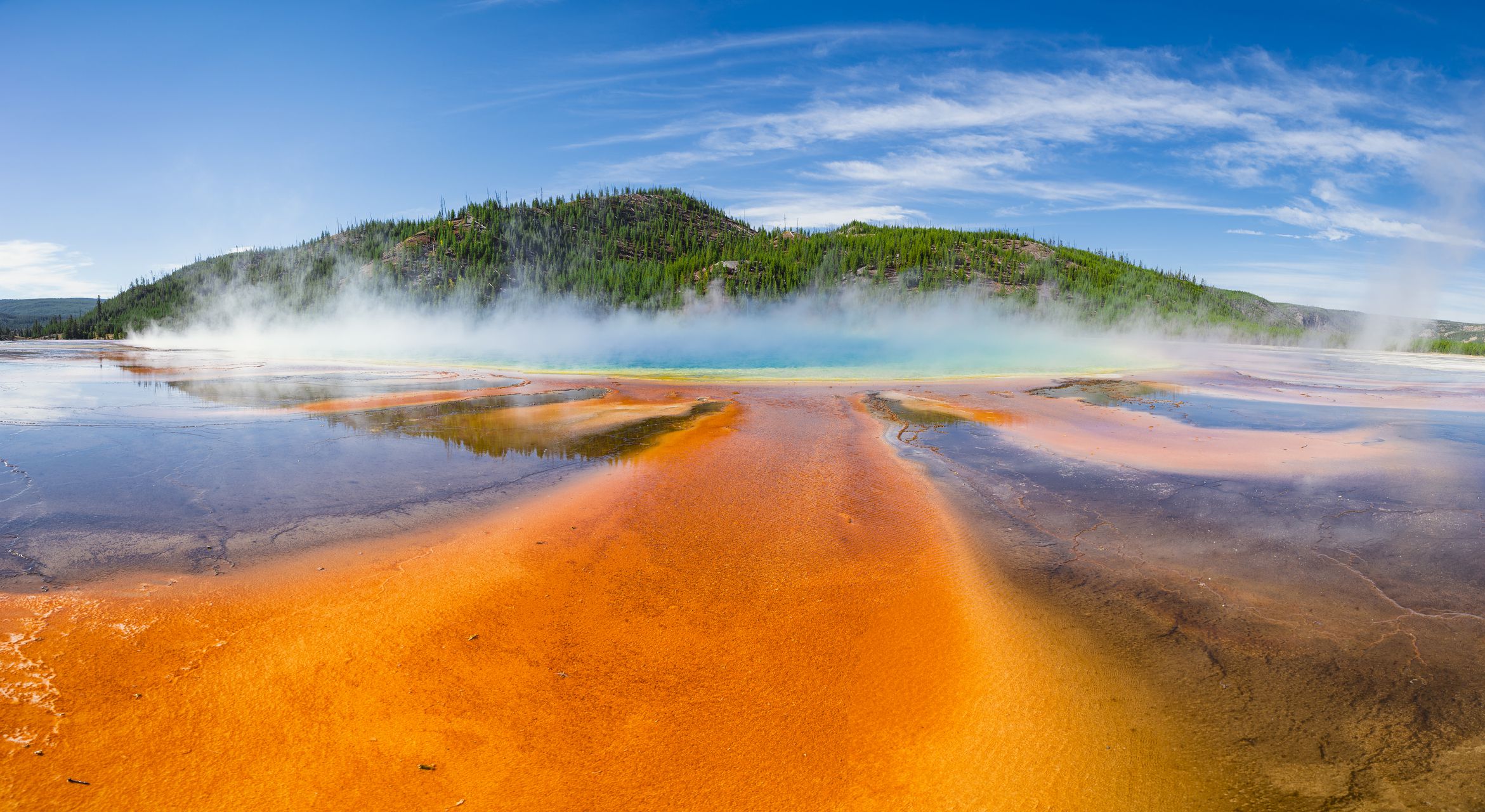
Wyoming and Montana There are tons of otherworldly sights to be found in America’s first national park, but perhaps none quite as massive and dramatic as the many-colored Grand Prismatic Spring.
Zhangye Danxia Landform Geologic Park
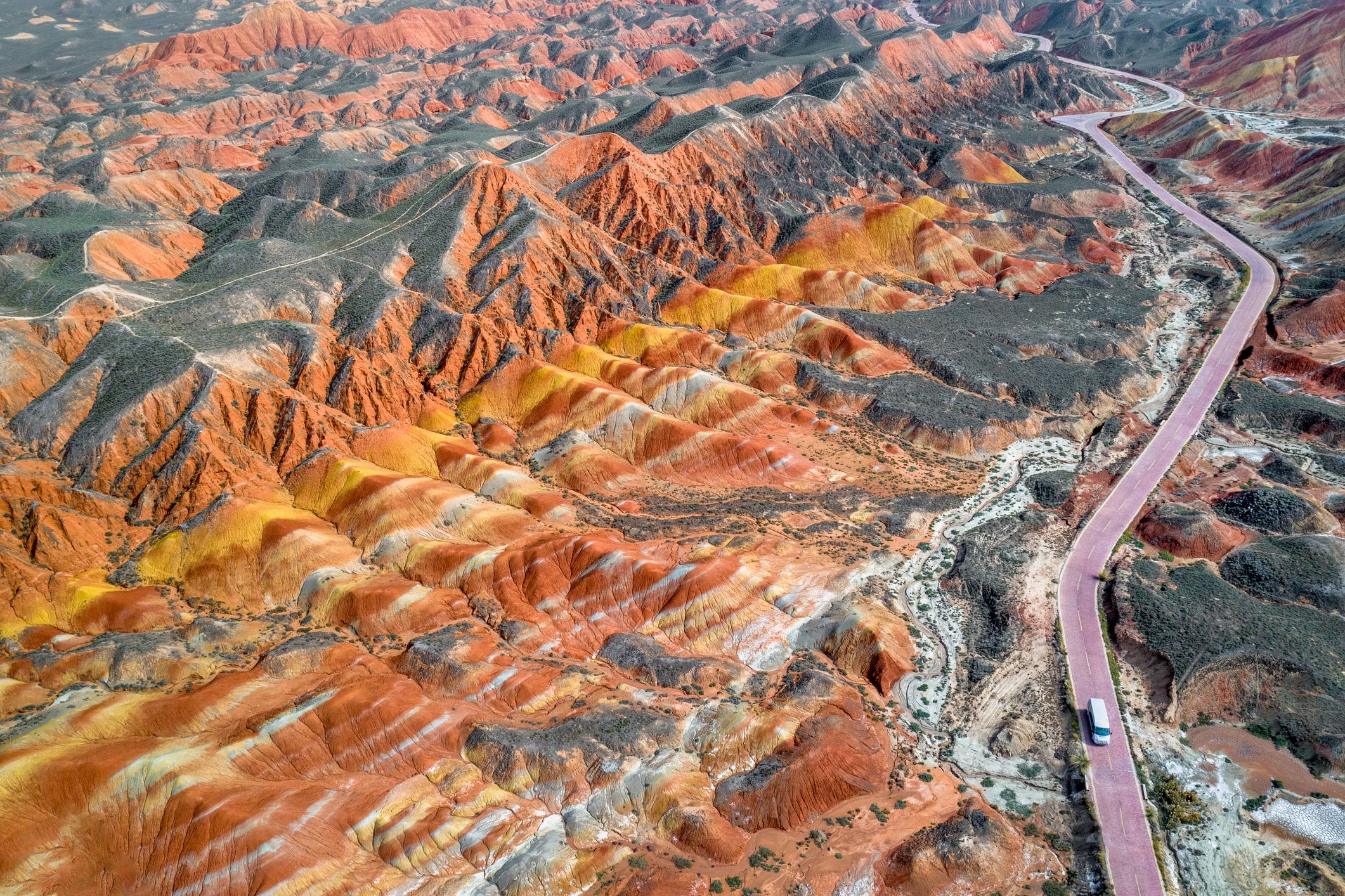
Gansu Province, China Also called the Rainbow Mountains, these formations in northern China are the result of sandstone and other mineral deposits occurring over a period of around 24 million years.
Sign up for our newsletter
Goblin Valley State Park
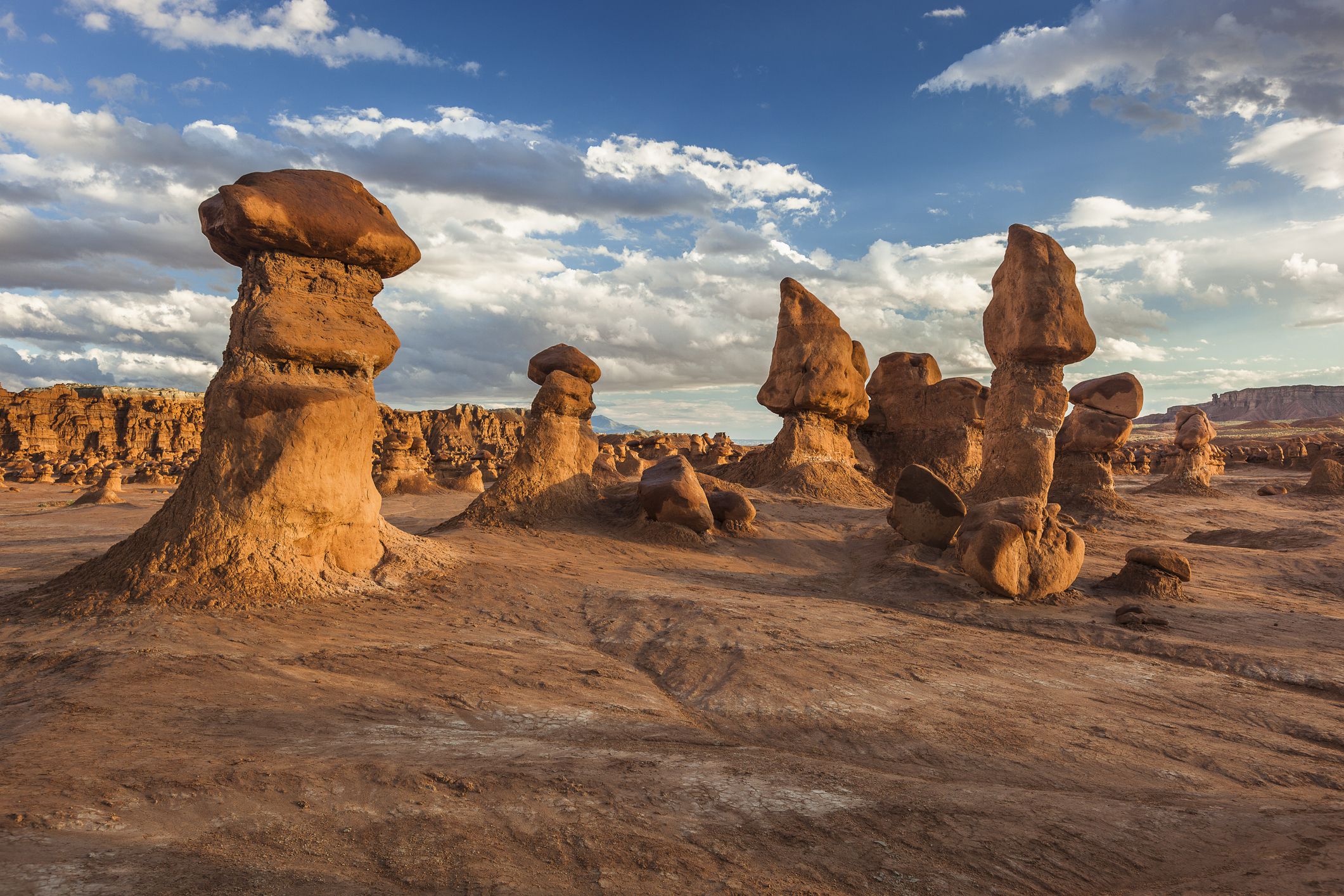
Utah Often compared to Mars, this U.S. destination is another wonder of sandstone erosion. The park’s many thousand hoodoos, aka goblins, are the result of water, wind, and dust.
Related: 32 Unforgettable Bucket-List Experiences in America’s National Parks
Zhangjiajie National Forest Park
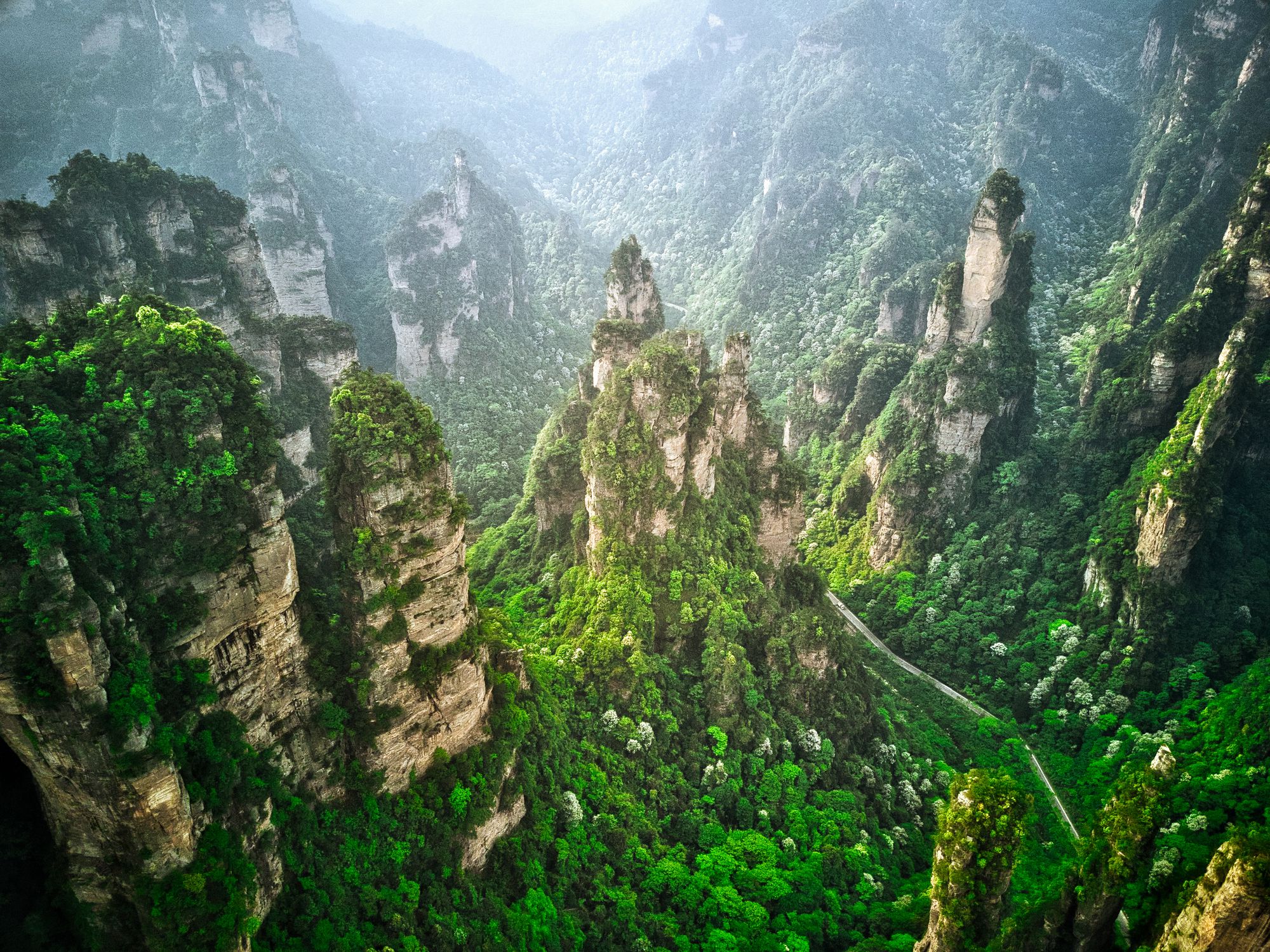
Hunan Province, ChinaMind-blowing pillars like these are the most notable feature of this already-stunning park, which was designated China’s first national park in 1982. It is part of the larger Wulingyuan Scenic Area, a UNESCO World Heritage Site.
Blue Marble Caves
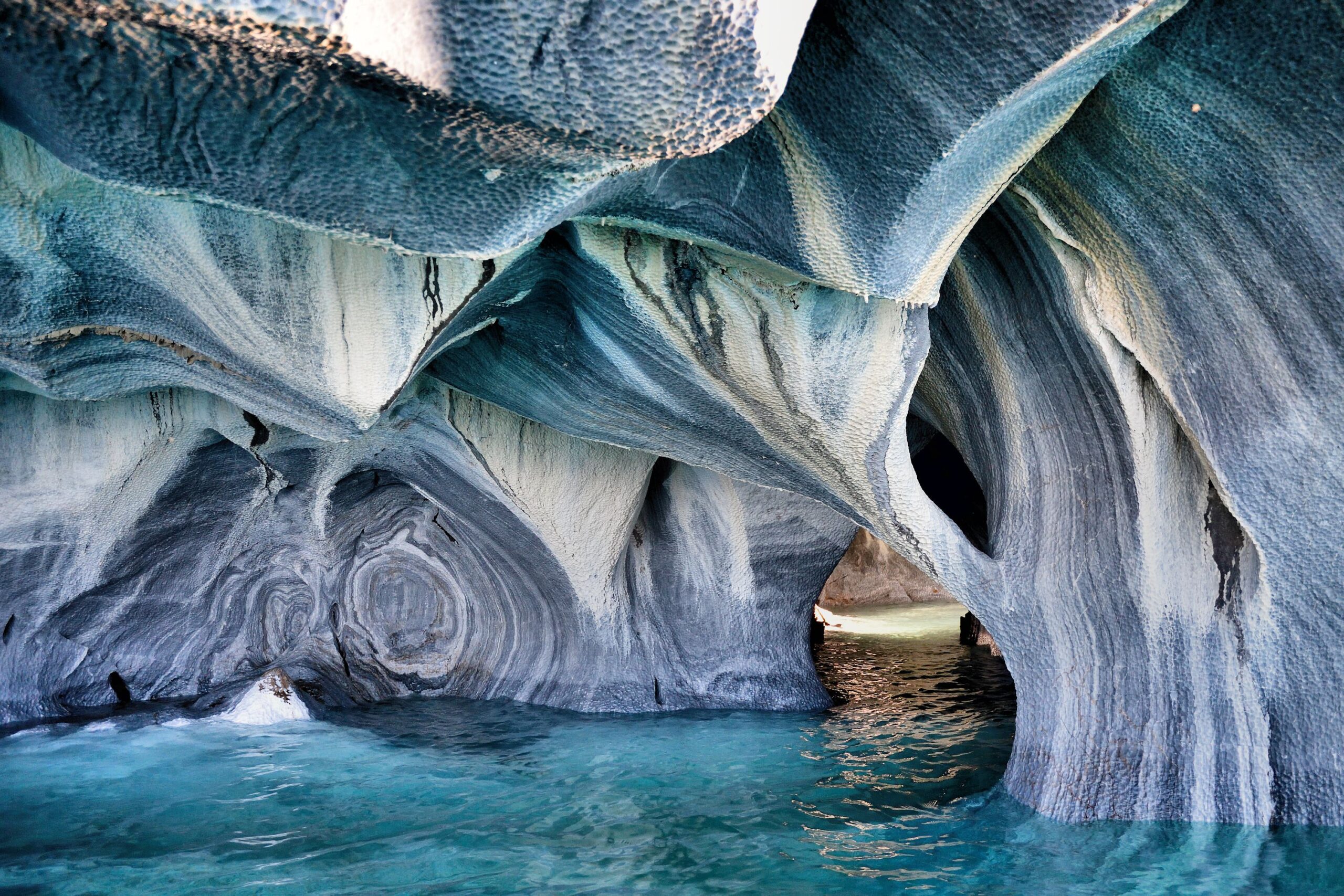
Patagonia, Chile These cerulean caves have been carved by some 6,000 years of waves crashing into them. Not easy to get to, visitors must fly to the Chilean city of Balmaceda and then drive 120 miles, including over some remote dirt terrain, before finally boarding a boat to tour the caves.
Buzludzha Memorial

Kazanlak, BulgariaWhile it might look like something out of an alien movie or “The X Files,” this saucer-shaped structure — the interior is shown here — is actually a monument to communism. It’s been closed since the late 1980s, but Atlas Obscura notes that “plans to preserve and restore” the site are underway.
The Red Beach
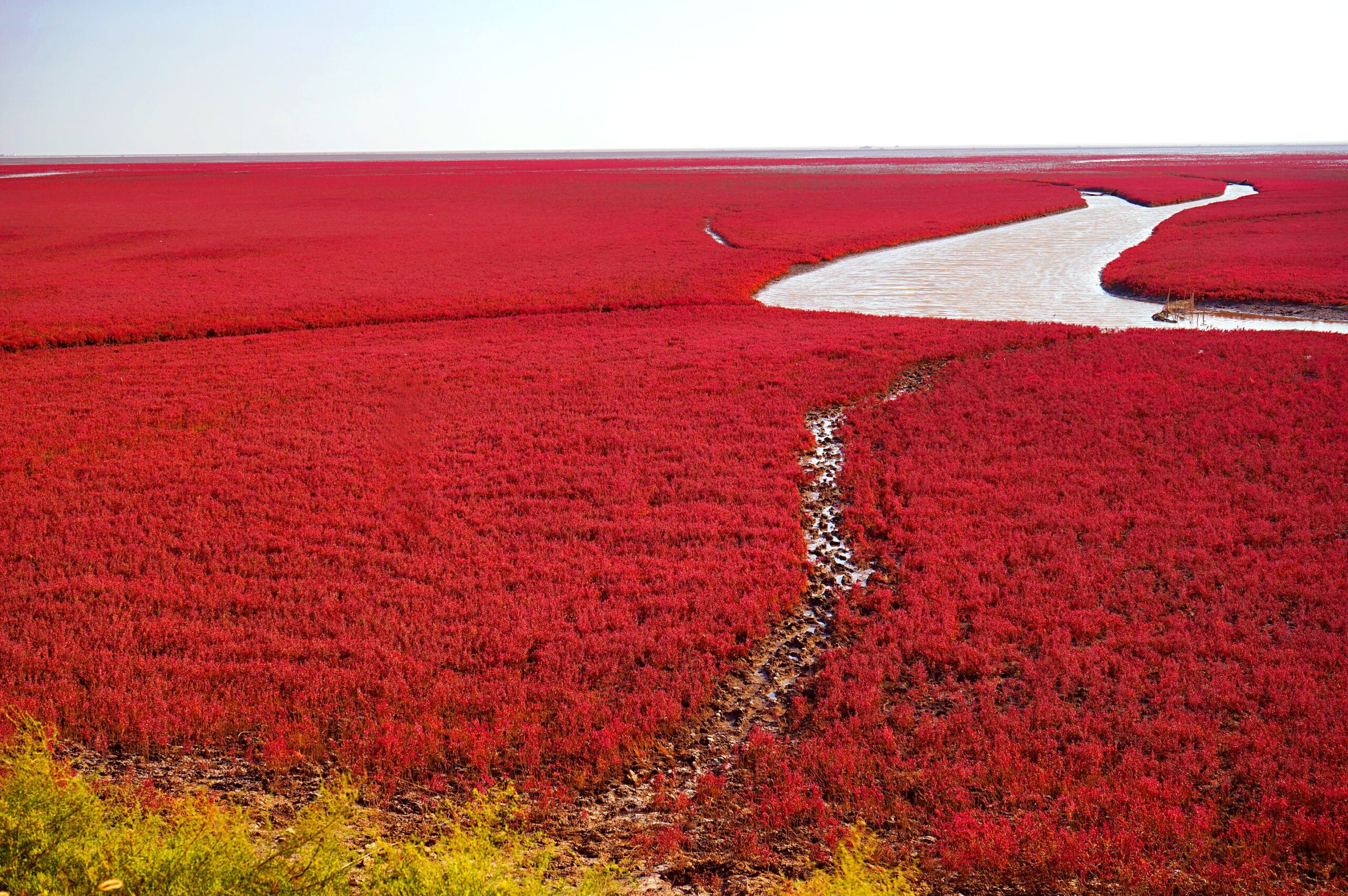
Liaoning Province, China This natural wonder in southern China, near the North Korean border, gets its fiery hue from a seepweed species that, as it soaks up saline, turns crimson in autumn. More than 2 million people visit this destination every fall, and 260 species of birds make their home here.
Whale Bone Alley
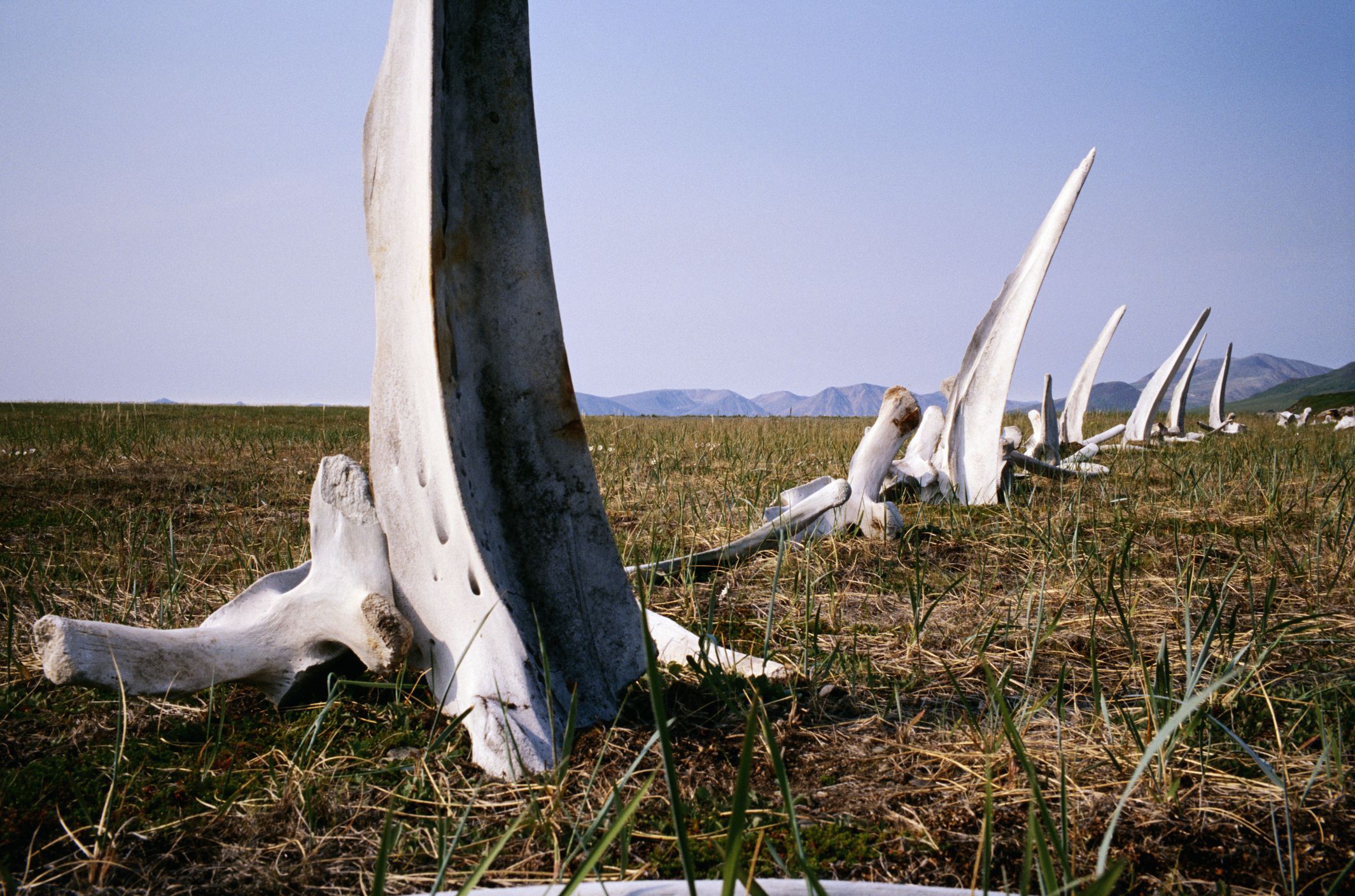
Siberia Visitors to Russia’s Yttygran Island will find hundreds of mostly jaw, rib, and vertebrae whale bones, many aligned in rows and thought to have been placed by a collective of native tribes around six centuries ago as a place of worship and ritual.
Lake Hillier
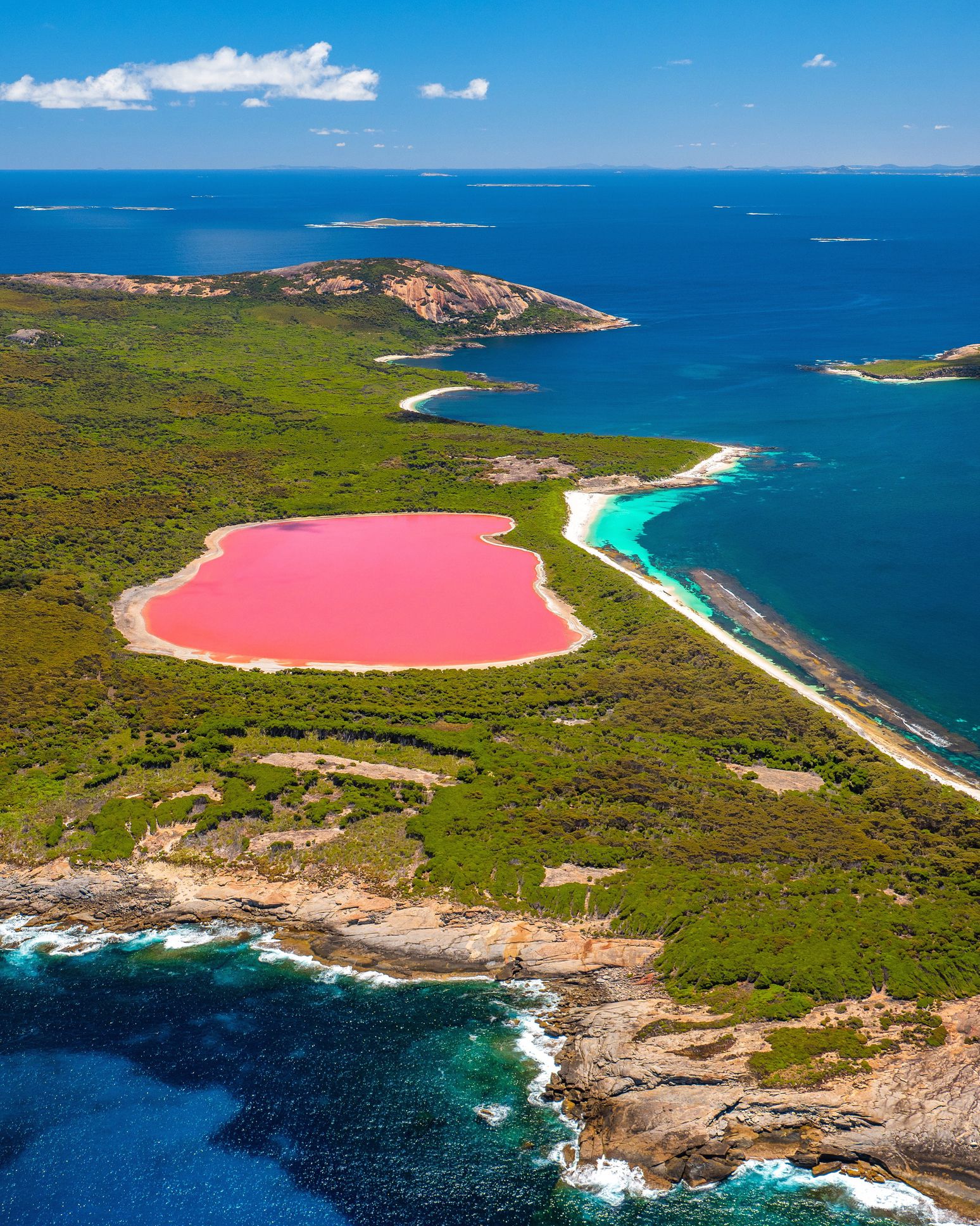
Esperance, AustraliaA lake the color of cotton candy? Yep, the 600-meter-long Lake Hillier’s vibrant pink color is made even more dramatic by its proximity to the sparkling blue ocean it lies near. According to the lake website, it’s color still isn’t fully understood, but “most suspect it has to do with the presence of the Dunaliella salina microalgae.”
Giant’s Causeway
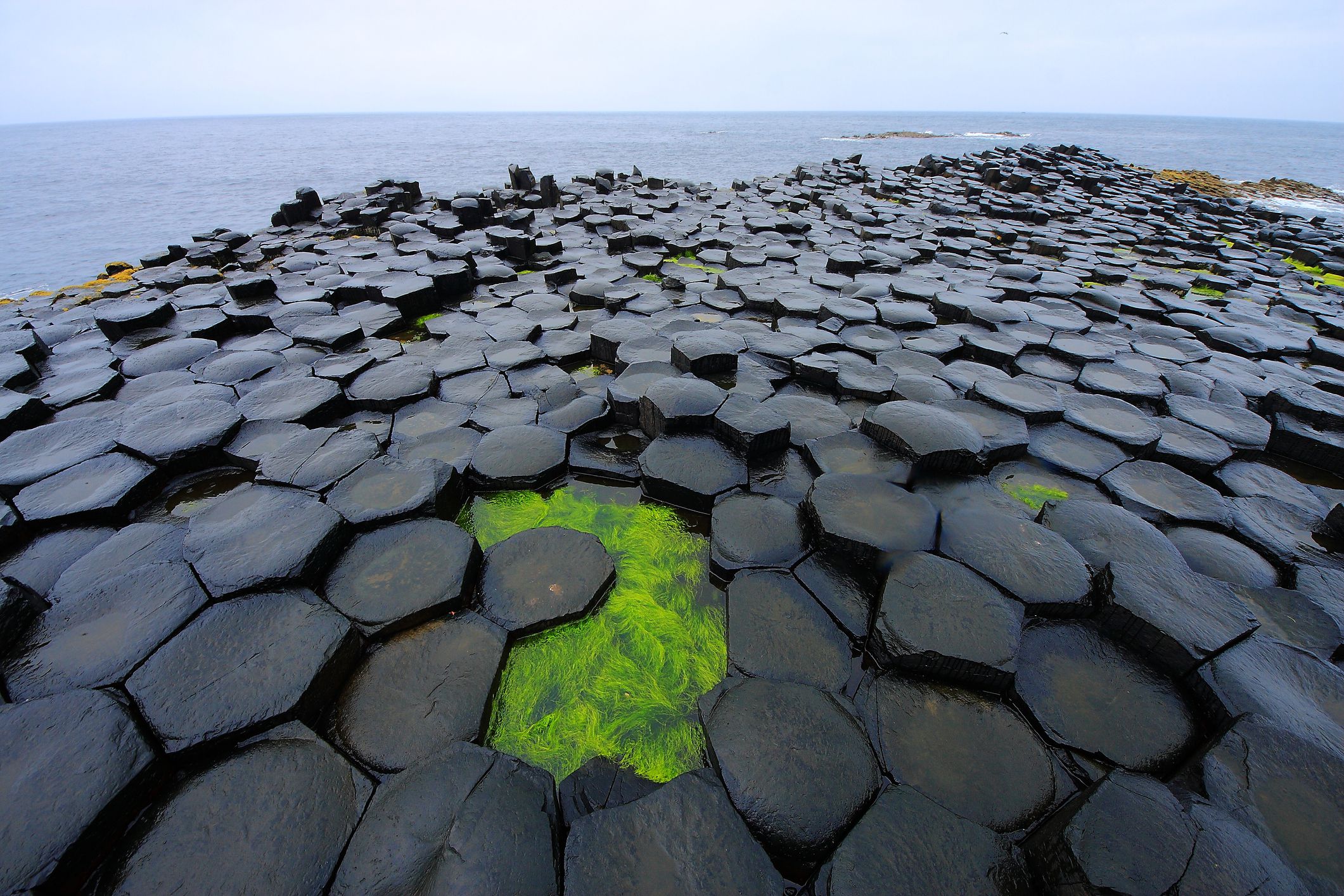
Northern IrelandAs the only World Heritage site in Northern Ireland, Giant’s Causeway is home to unique column-like rock formations made some 60 million years ago. In all, there are more than 40,000 columns that are packed so tightly and shaped so regularly that they almost look man-made.
Abandoned Marx Generator
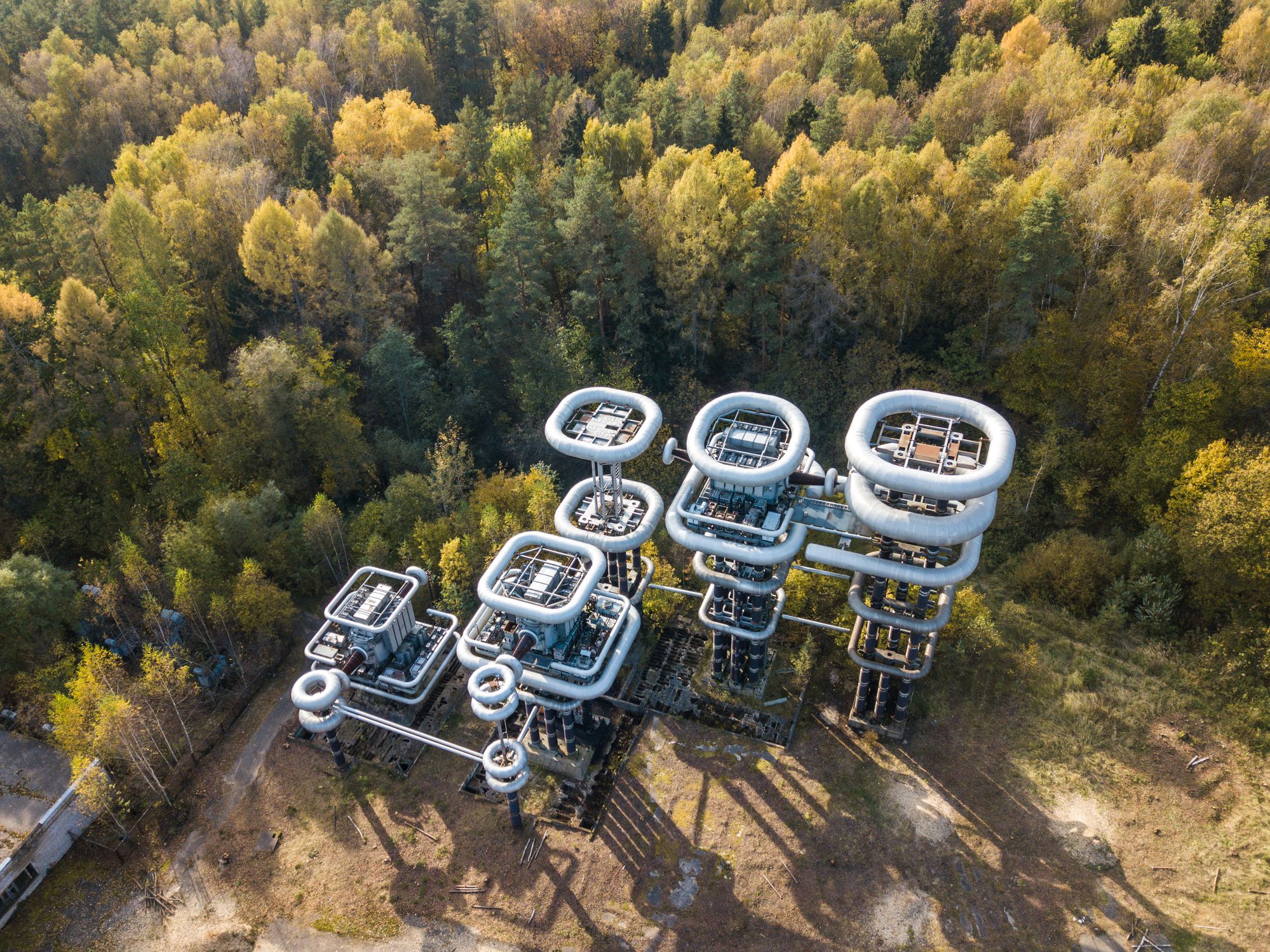
Near Moscow, RussiaThis generator looks like a scene out of a sci-fi movie, but it’s actually a largely abandoned structure constructed in the 1970s by the Russian Electrical Engineering Institute, according to Atlas Obscura, meant to test lightning insulation.
Vatnajökull Glacier Ice Caves
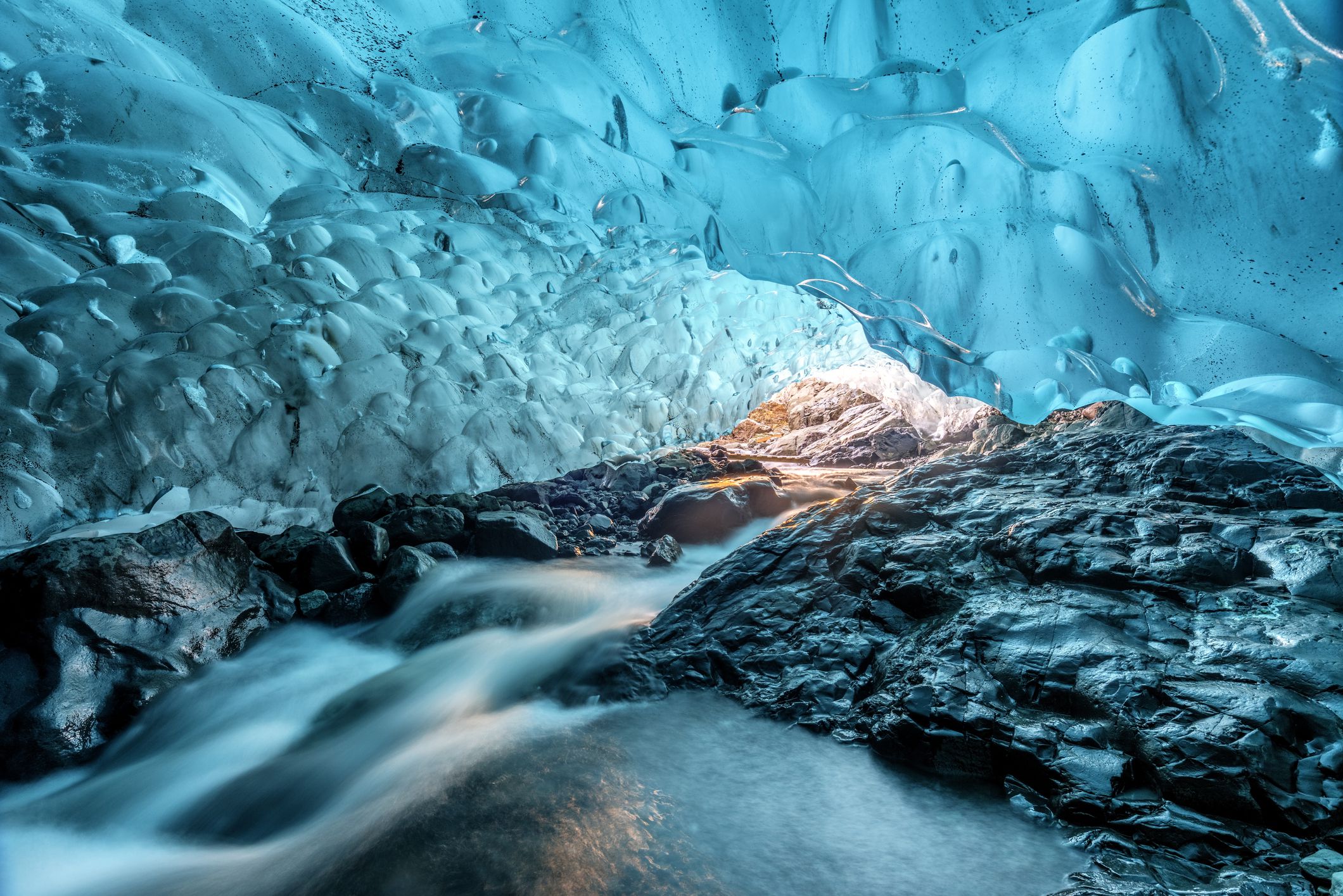
Iceland One of nature’s great works of art, Iceland’s ice caves reform each year in the fall and are safe to visit from about November to sometime in March with a tour guide. Each is entirely unique, but some of the most extraordinary are the “Crystal Caves.” in Skaftafell National Park’s Vatnajökull Glacier.
Qasr Farid Tomb
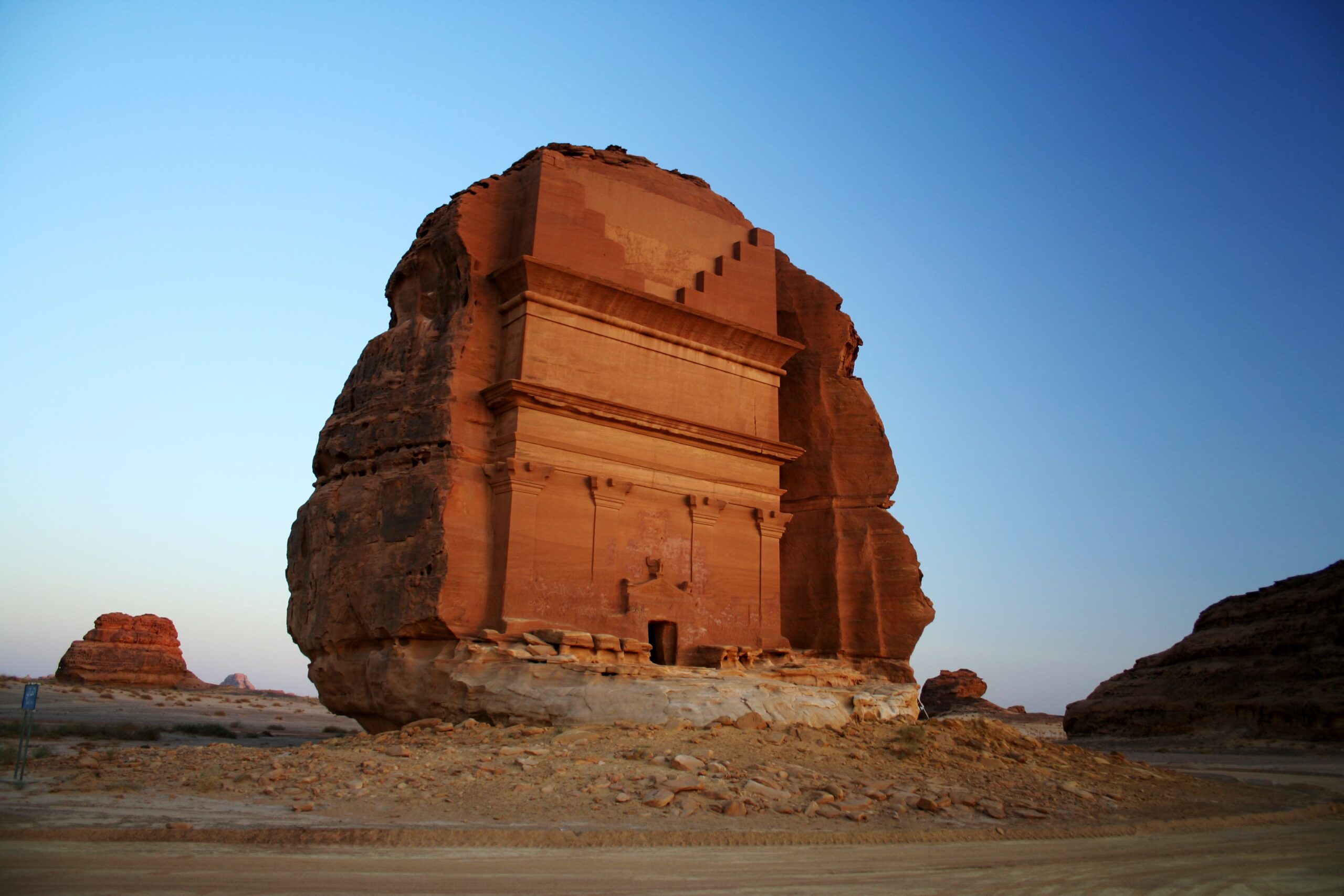
Saudi Arabia Part of the larger archaeological site of Hegra, this iconic tomb, carved into a boulder, is thought to have been created sometime during the first century A.D. The Arabic Qasr al-Farid translates into “the lonely castle.”
Abraham Lake
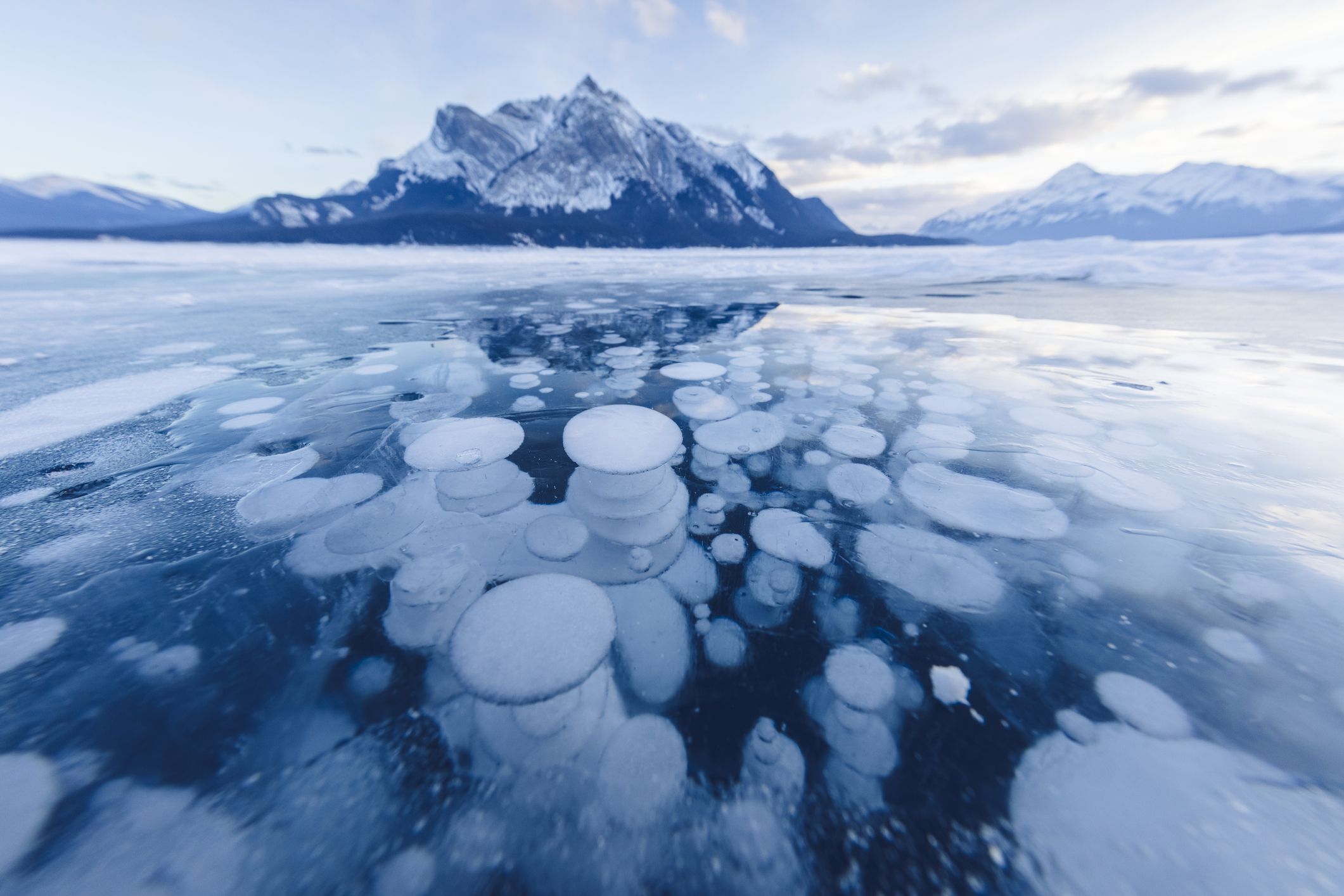
Alberta, Canada This frozen lake looks like it’s filled with gorgeous sculptures, but there’s a more nefarious explanation behind its beauty. Those bubble-like forms underneath the surface are actually frozen pockets of methane released by dead vegetation on the man-made reservoir’s bottom. It’s become a popular destination for nature photographers over the years — but no one is likely to light a match near it.
Belhaven Bridge
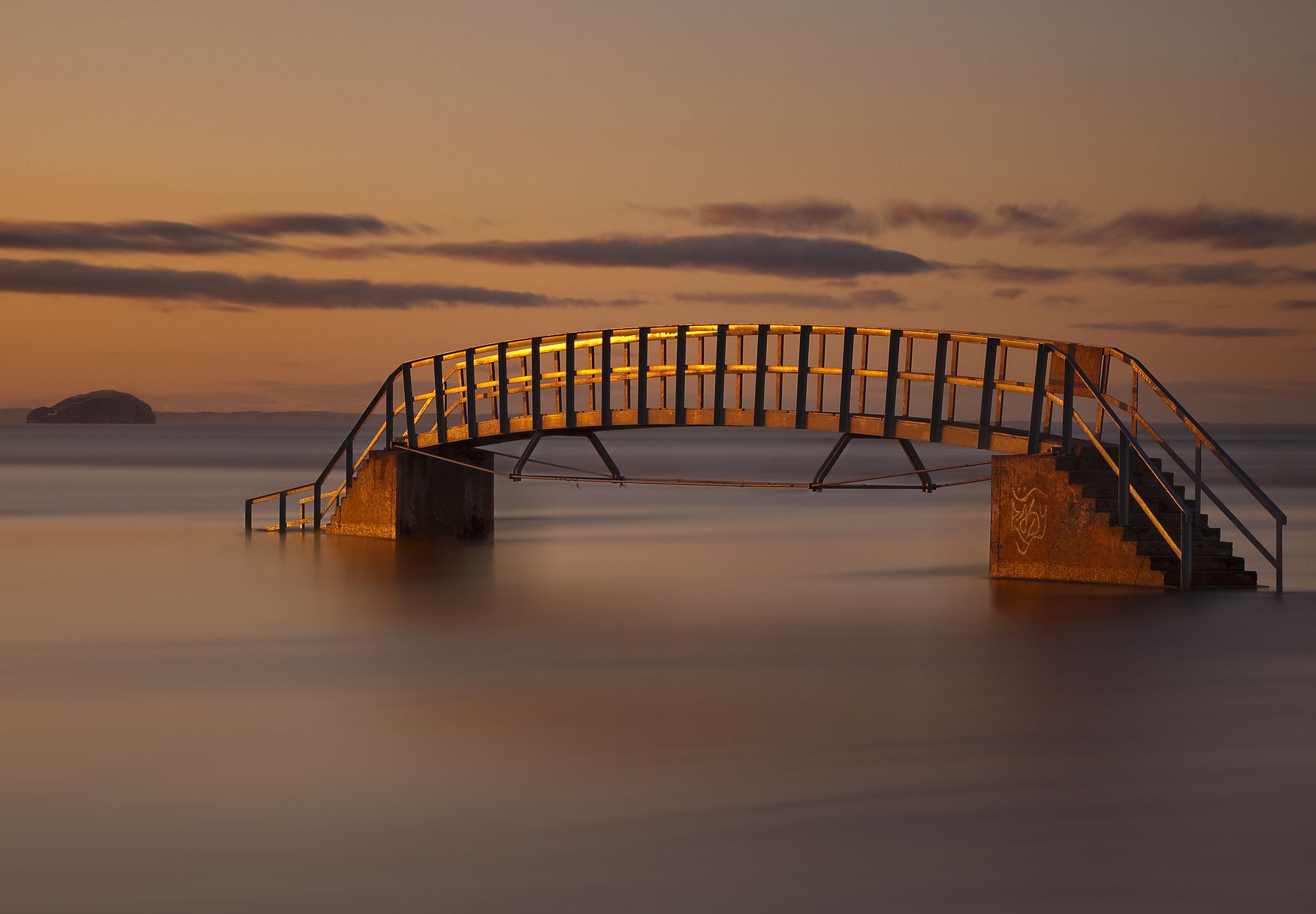
ScotlandThis apparent bridge-to-nowhere is certainly mystifying at first glance, but there’s actually a perfectly natural explanation for why it looks this way: the tide. When the tide is low, the entirety of the structure is revealed. Locals use this bridge to walk over the water and get to the Belhaven Bay beach — a view that can be partially seen here.
Fairy Glen Circle
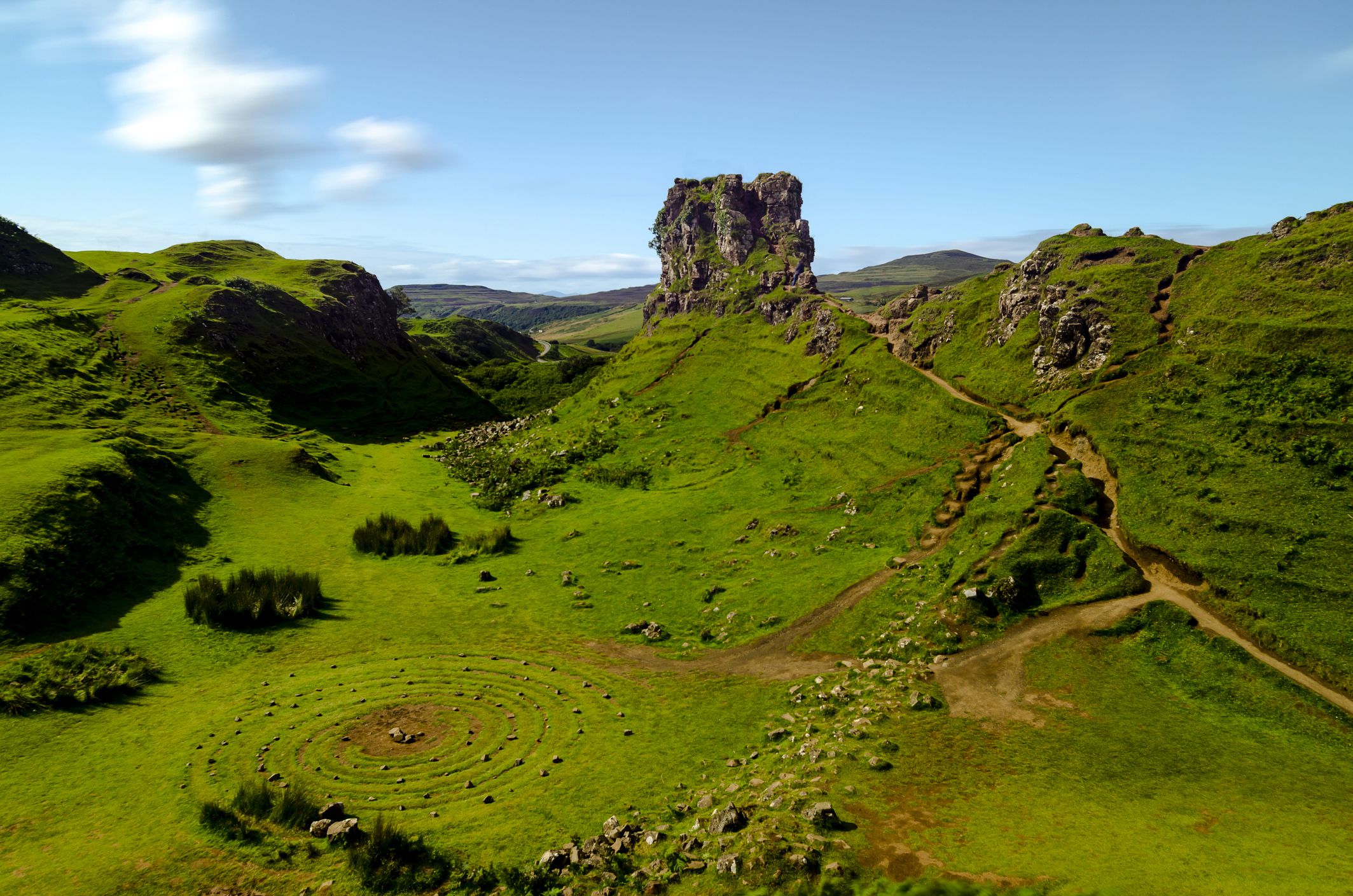
Isle of Skye, ScotlandYes, it looks like something out of a “Lord of the Rings” movie or a fairy tale — in short, the Fairy Glen landscape itself is nothing short of mystical. Note, however, that the rock circles like the one in this photo are created by tourists — a practice that locals are against — and usually removed after the throngs have gone home.
Plitvice Lakes National Park
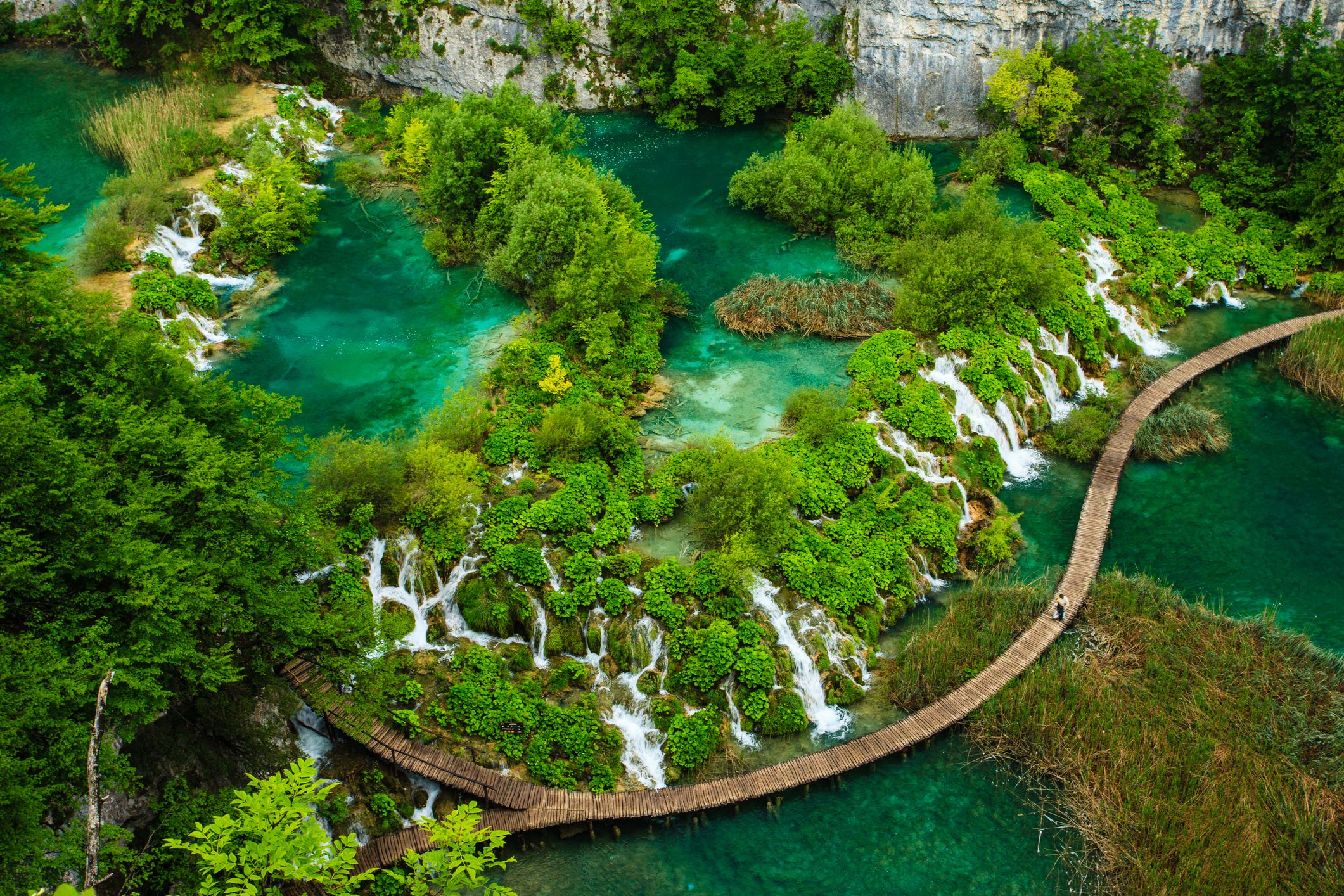
Croatia A UNESCO World Heritage site, the stepped lakes and waterfalls spilling over limestone and chalk rock formations in this park create a magical, otherworldly looking landscape.
Fly Geyser
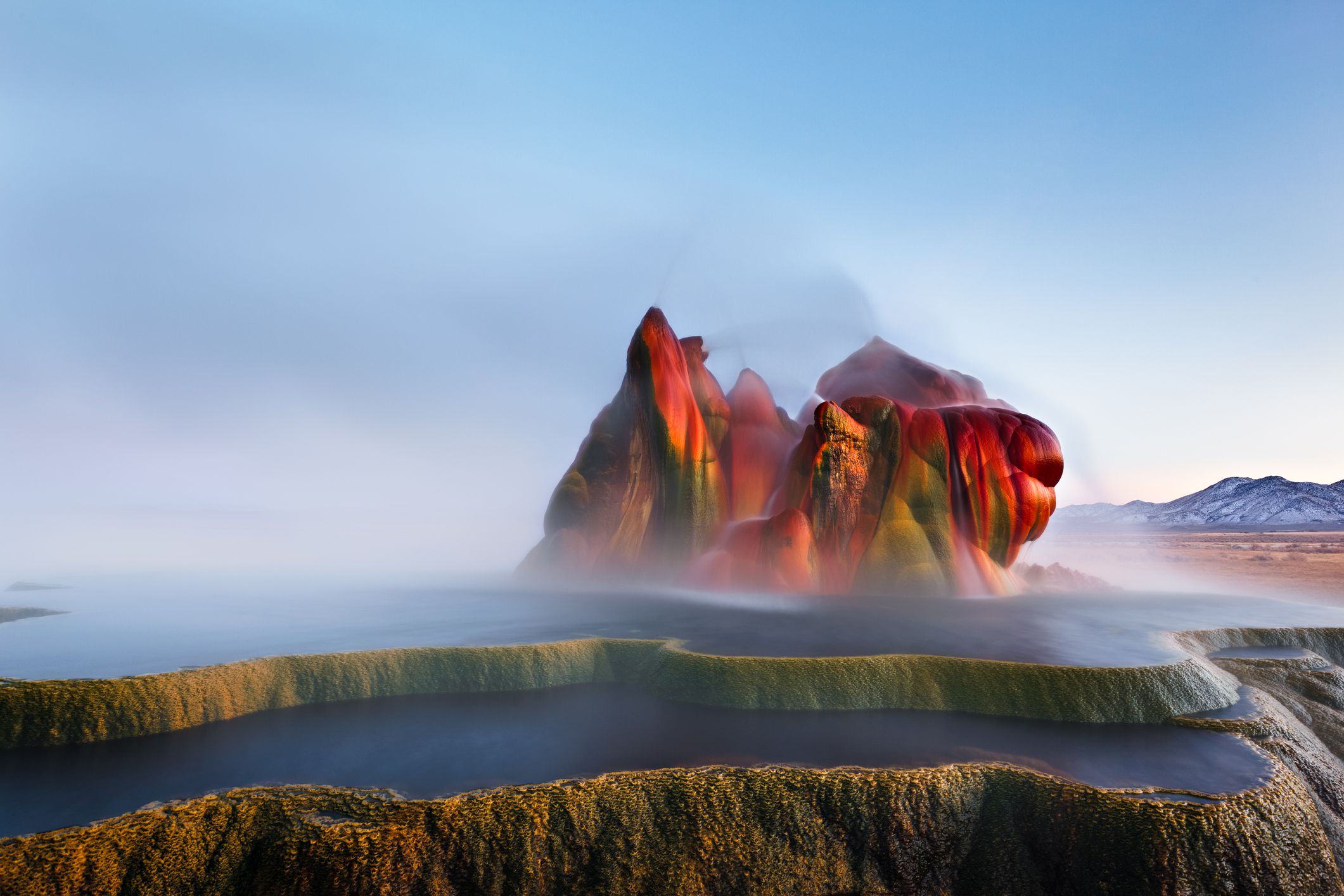
Gerlach, Nevada This American Southwest geyser certainly looks natural, and it is, in part, but it might surprise you to know human error played a part in its formation. Two misguided drilling incidents — once more than 100 years ago in an effort to make the site usable for agriculture, and again in the 1960s by an energy company — uncovered geothermal activity at this site that has grown into extraordinary multi-colored mineral deposits.
To-Sua Ocean Trench
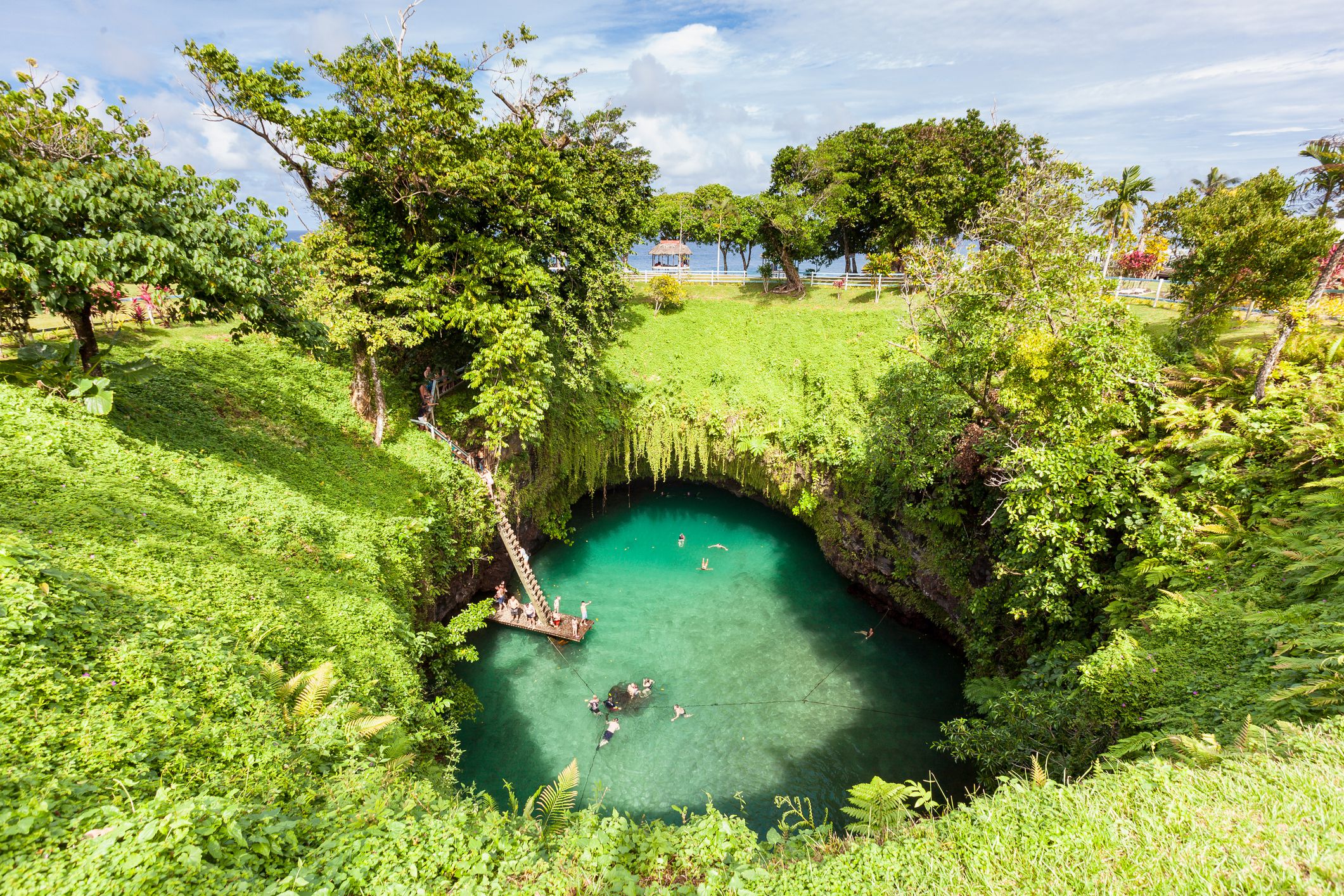
Samoa Located on Samoa’s Upolu Island, this 30-meter deep dot of ocean is surrounded by tropical landscaped gardens and includes a ladder and platform that visitors can use to take a dip or sun themselves. Fed through a cave that leads to the ocean, To-Sua translates as “giant swimming hole.”
Q’eswachaka Inca Bridge
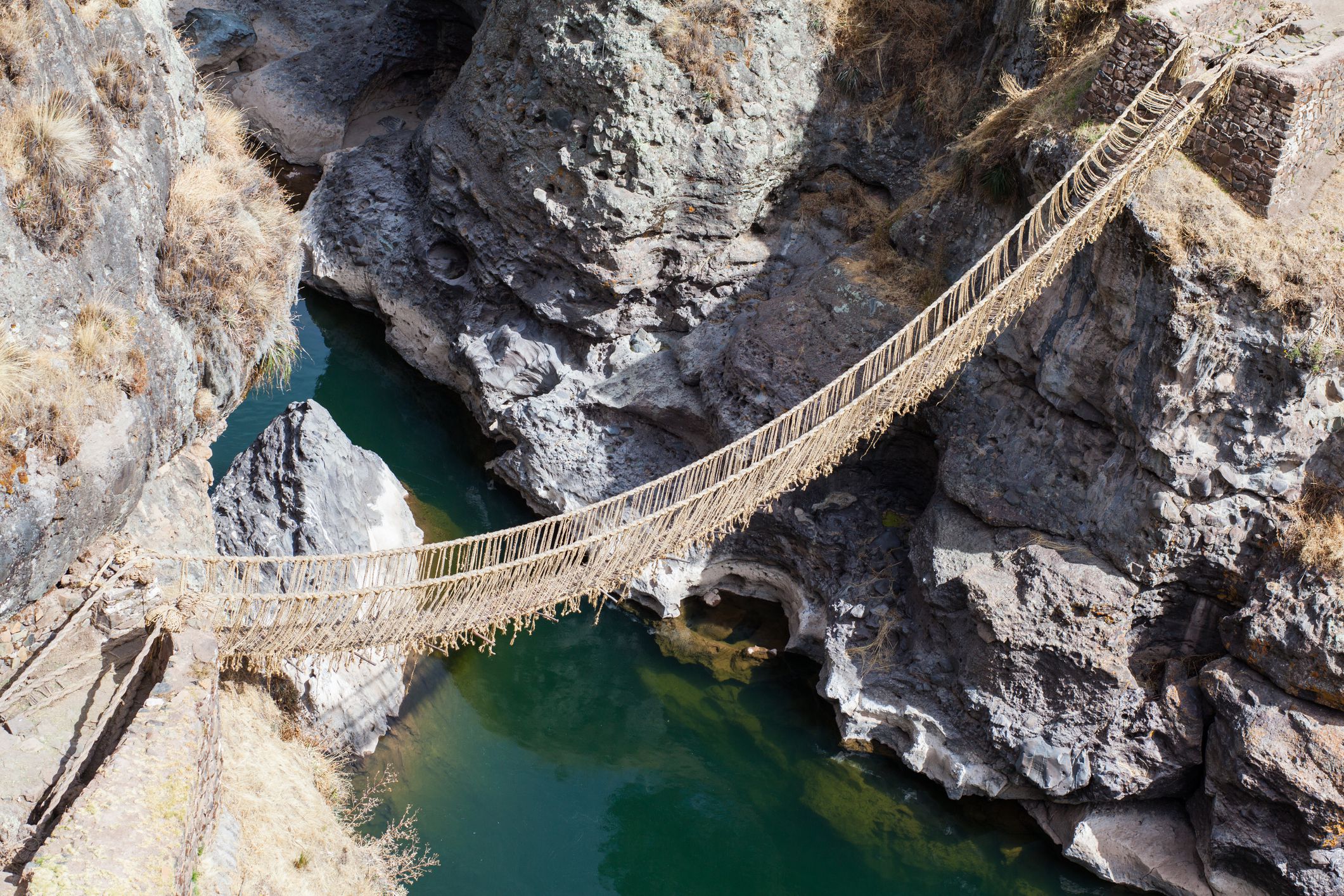
Q’eswachaka, Peru This dizzying rope bridge — the only remaining example of the Inca’s handwoven bridge techniques — is 118 feet long and 6 stories above the river. It might look precarious, but it’s actually rebuilt each year by members of four local communities.
Stonehenge
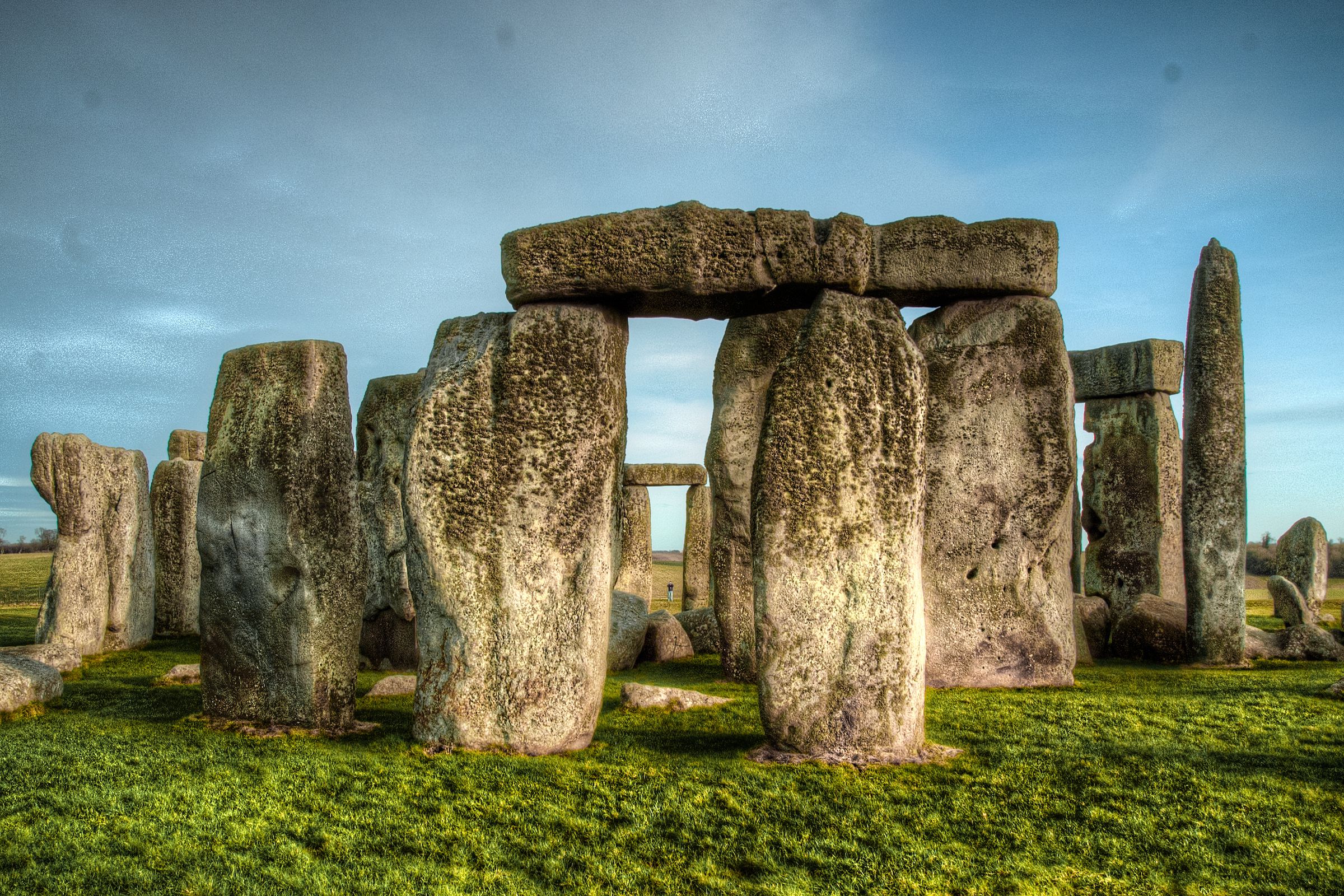
Wiltshire, England This ancient megalithic site has been mystifying archaeologists and others for some time, in no small part because its massive stones have been traced to two quarries hundreds of miles away. It’s theorized that people from the Neolithic era began building the site some 3,000 years ago.
Sarcofagi of Carajía
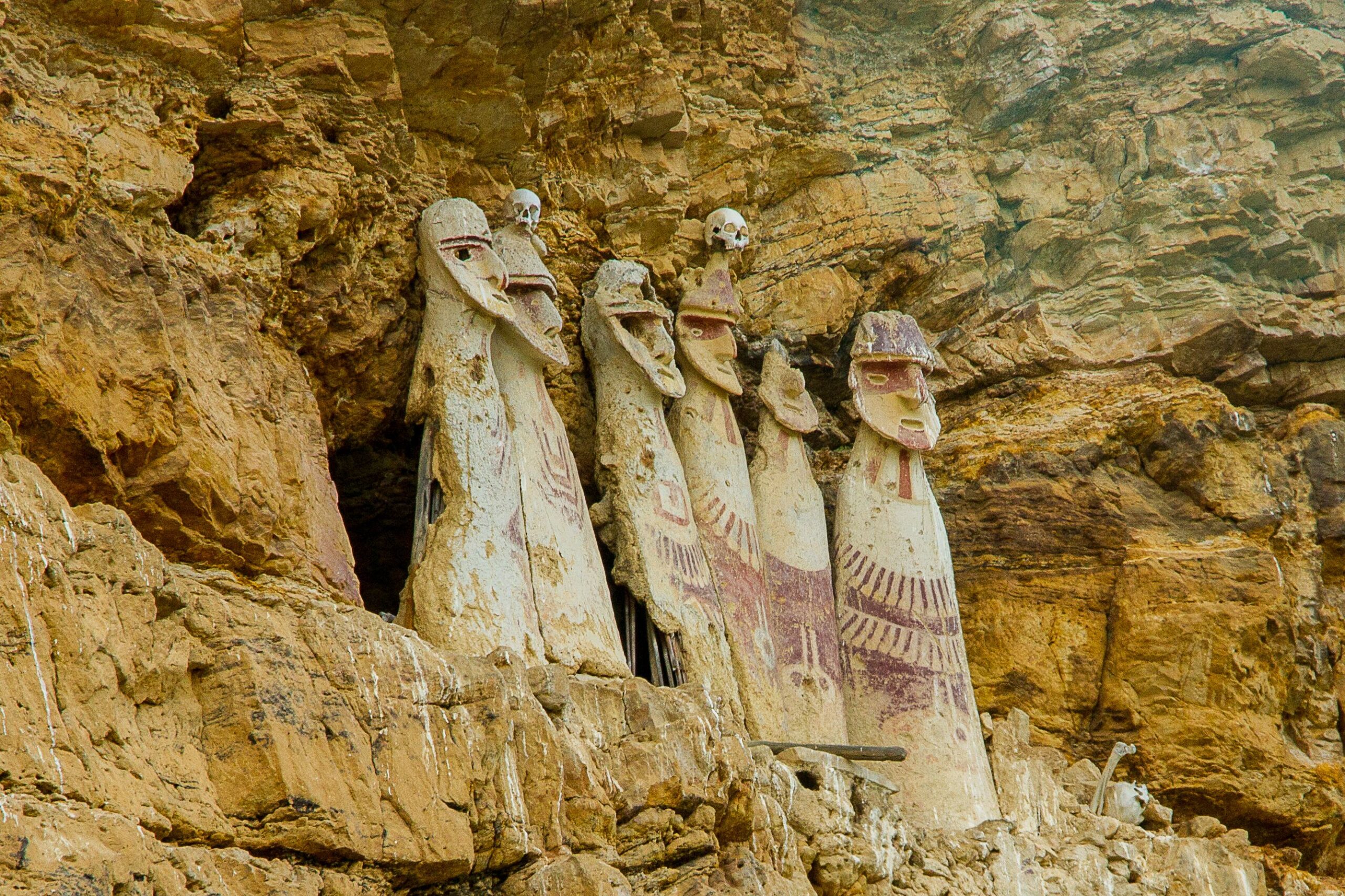
Carajía, Peru Located 700 feet above the valley floor, these 15th century structures are a remnant of the Chachapoya people, who were eventually conquered by the Incas. At more than 8 feet tall, each was actually a burial site made of clay and reeds, and human skulls are still perched atop some.
Gippsland Lakes
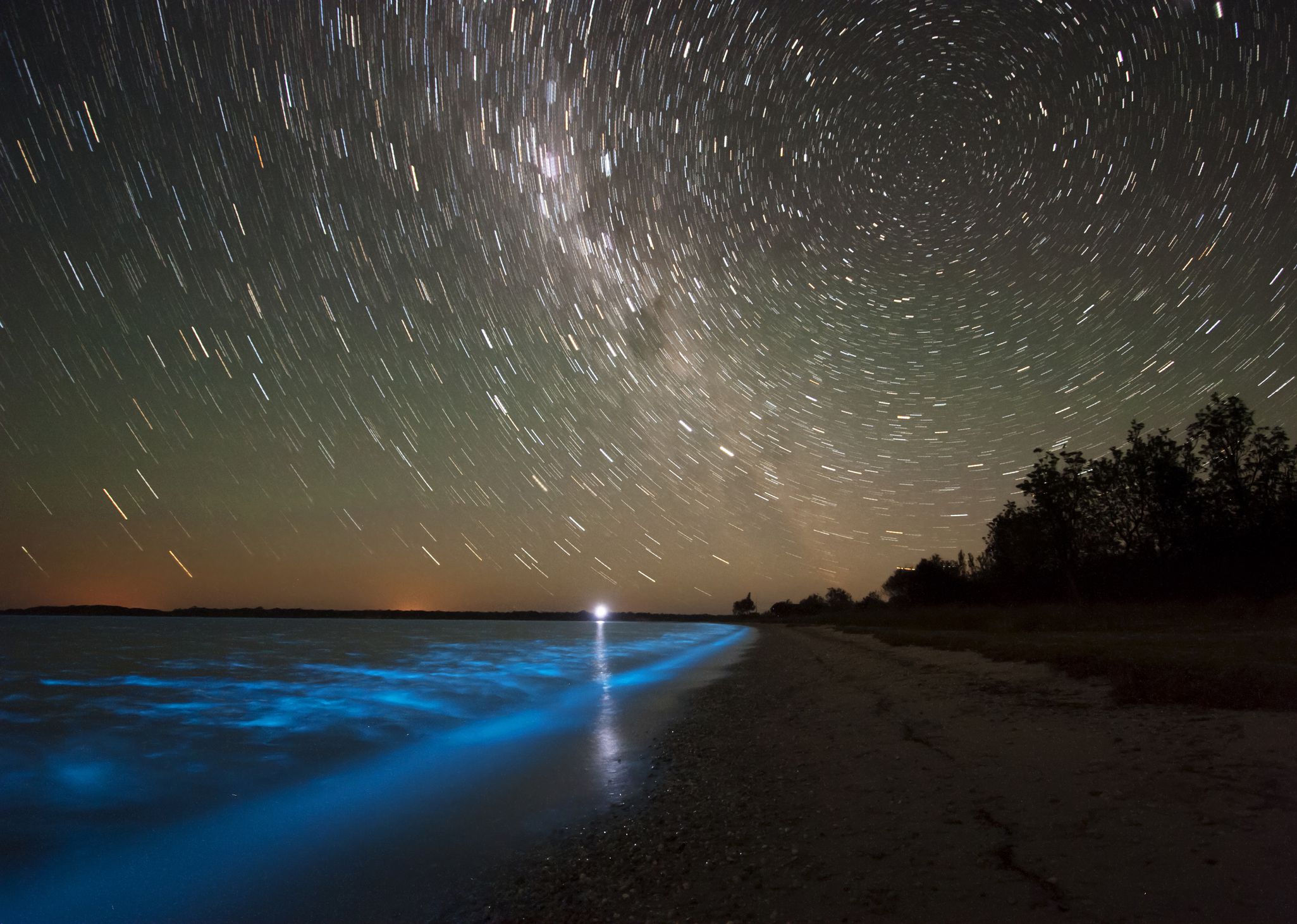
Raymond Island, Australia Algae blooms known as Noctiluca scintillans are characterized by their bioluminescent glow at night, and this species flourished in this area of Australia after a series of bushfires and weather events that dumped ash and nitrogen-laden organic matter into the lake in 2006 and 2007. The bioluminescence has since faded, but still exists.
Abuna Yemata Guh
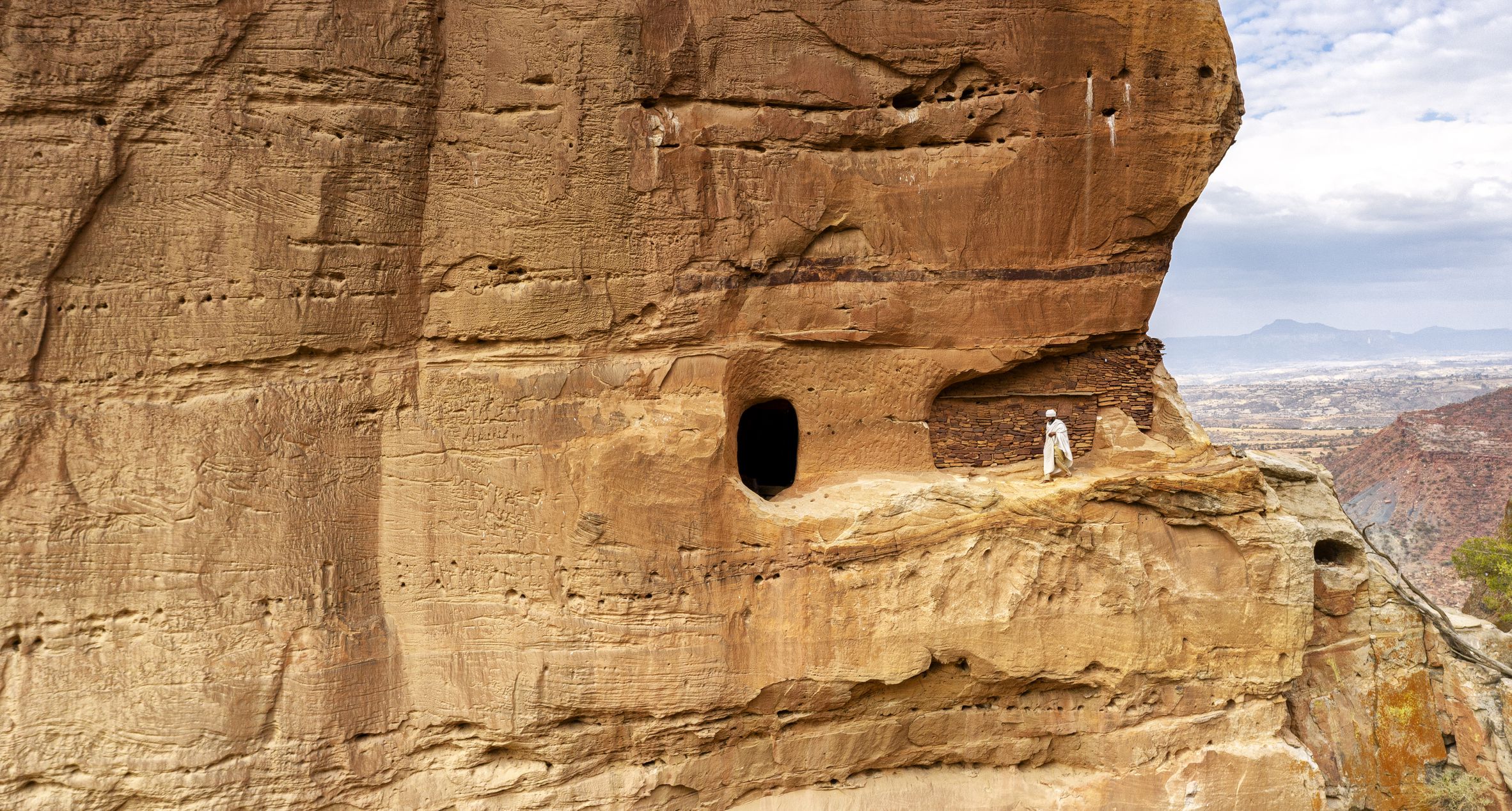
Tigray Region, Ethiopia This church in the sky is mystifying in and of itself, but even more so when you consider that worshippers have to scale a more than 600-foot rock face to get to it.
Ik Kil Cenote
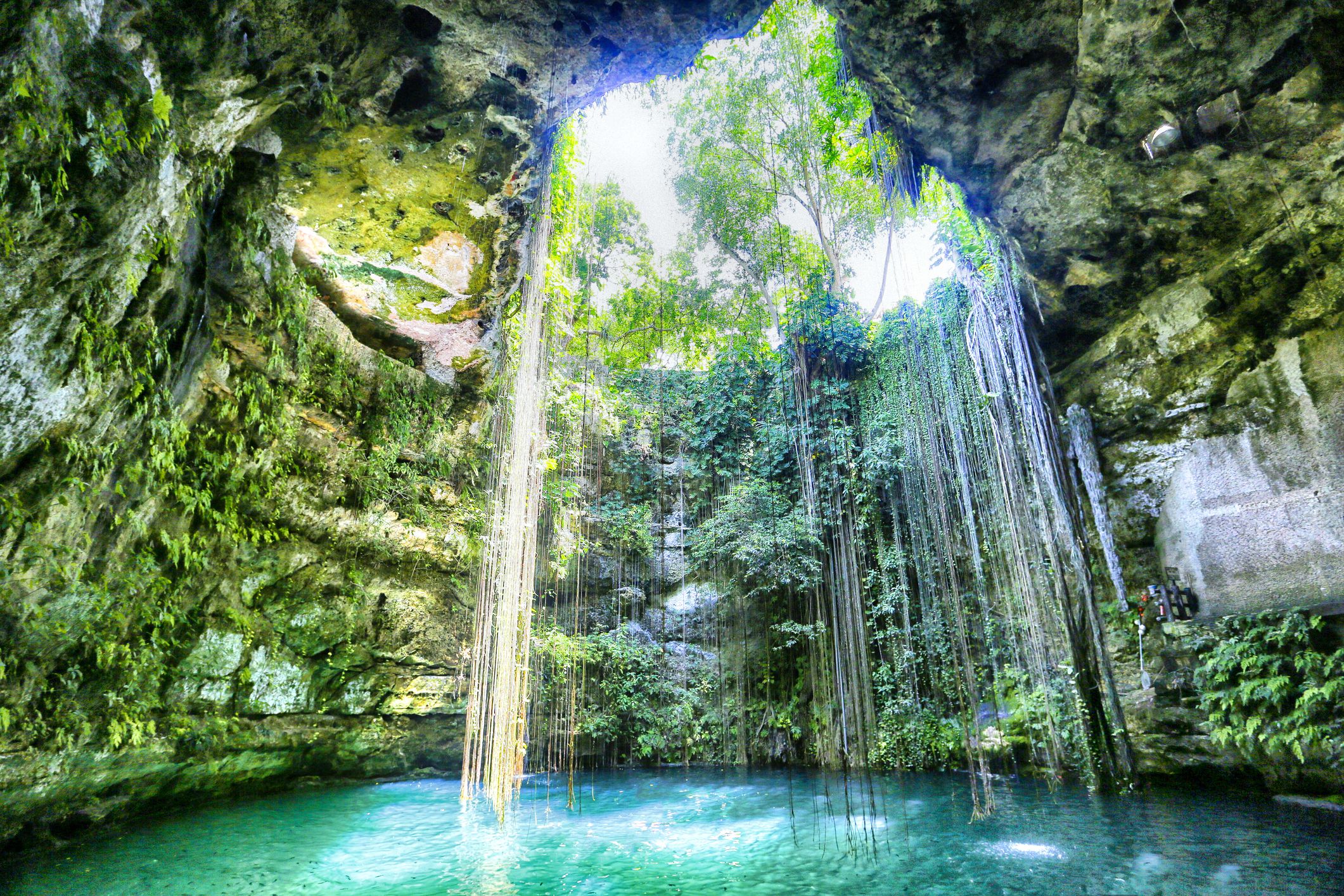
Yucatan, MexicoThis lush underground swimming hole, near the Mayan Chichen Itza ruins, was likely formed after a collapse of limestone formations. It’s a public swimming hole today — with a carved staircase leading down into it — but was once used by the Mayans as a human sacrificial site.
Puzzlewood
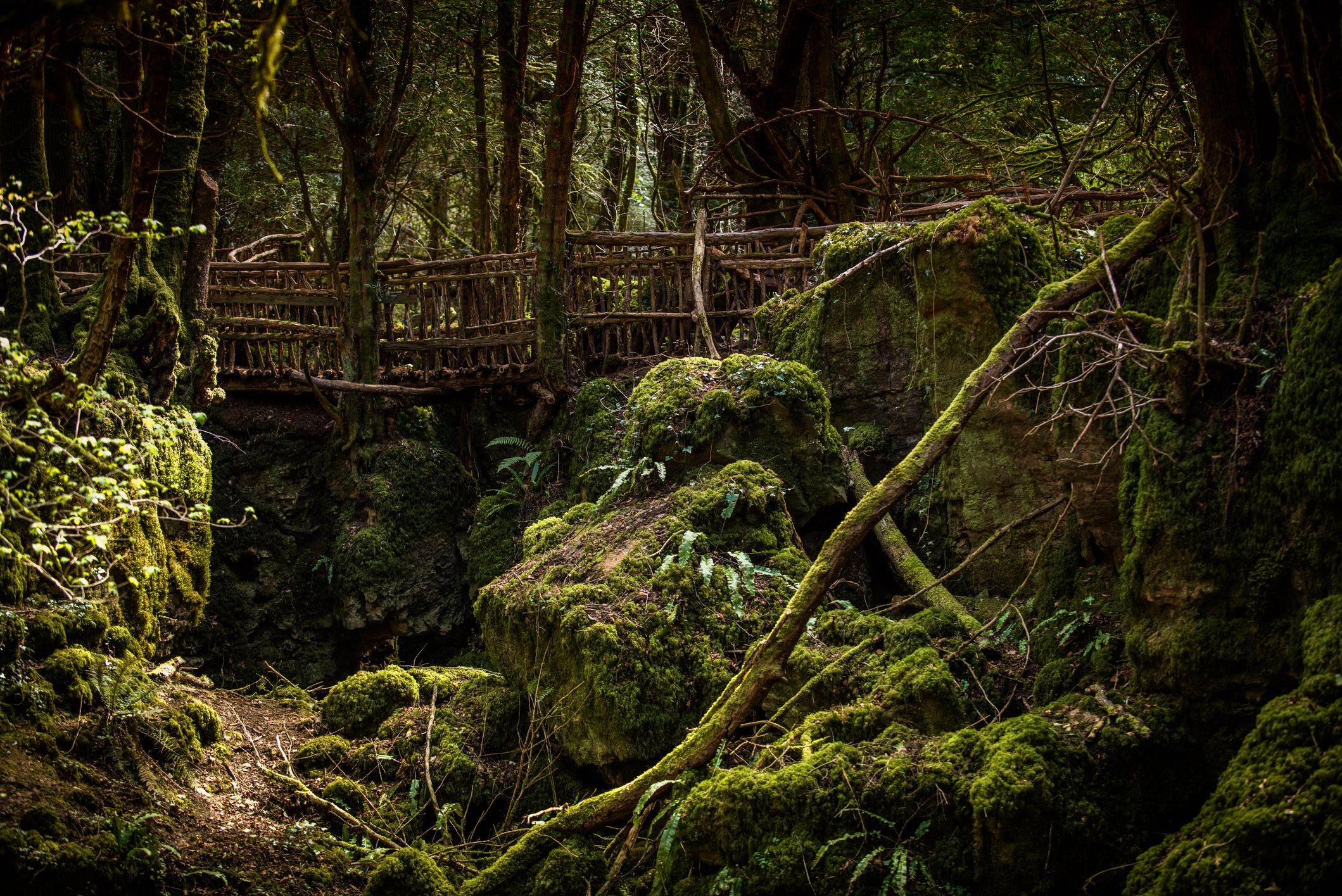
Coleford, England It’s been suggested that this ancient forest inspired J.R.R. Tolkien’s “The Lord of the Rings,” and it’s certainly easy to see why. Used for ore mining in Roman times, visitors today will find not only a wild, moss-covered landscape, but the same trails and footbridges used in earlier times.
Tunnel of Love
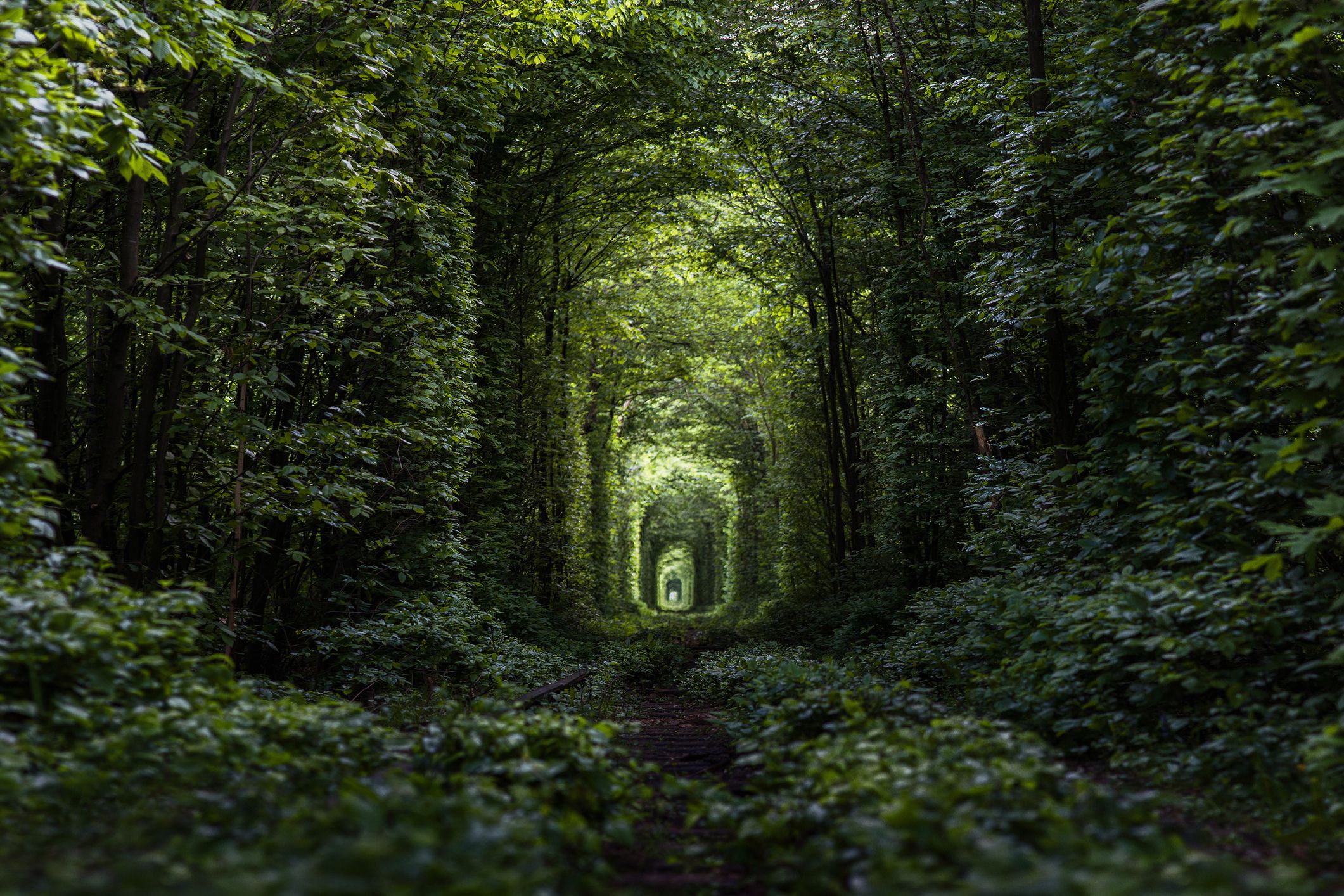
UkraineAround 2 to 3 miles in length, this section of industrial railway and its covered arches has been taken over by forest growth. Frequented by couples and others who find its lush foliage enchanting, it’s also still used by trains that carry wood to a nearby fiberboard factory.
Jigokudani Monkey Park
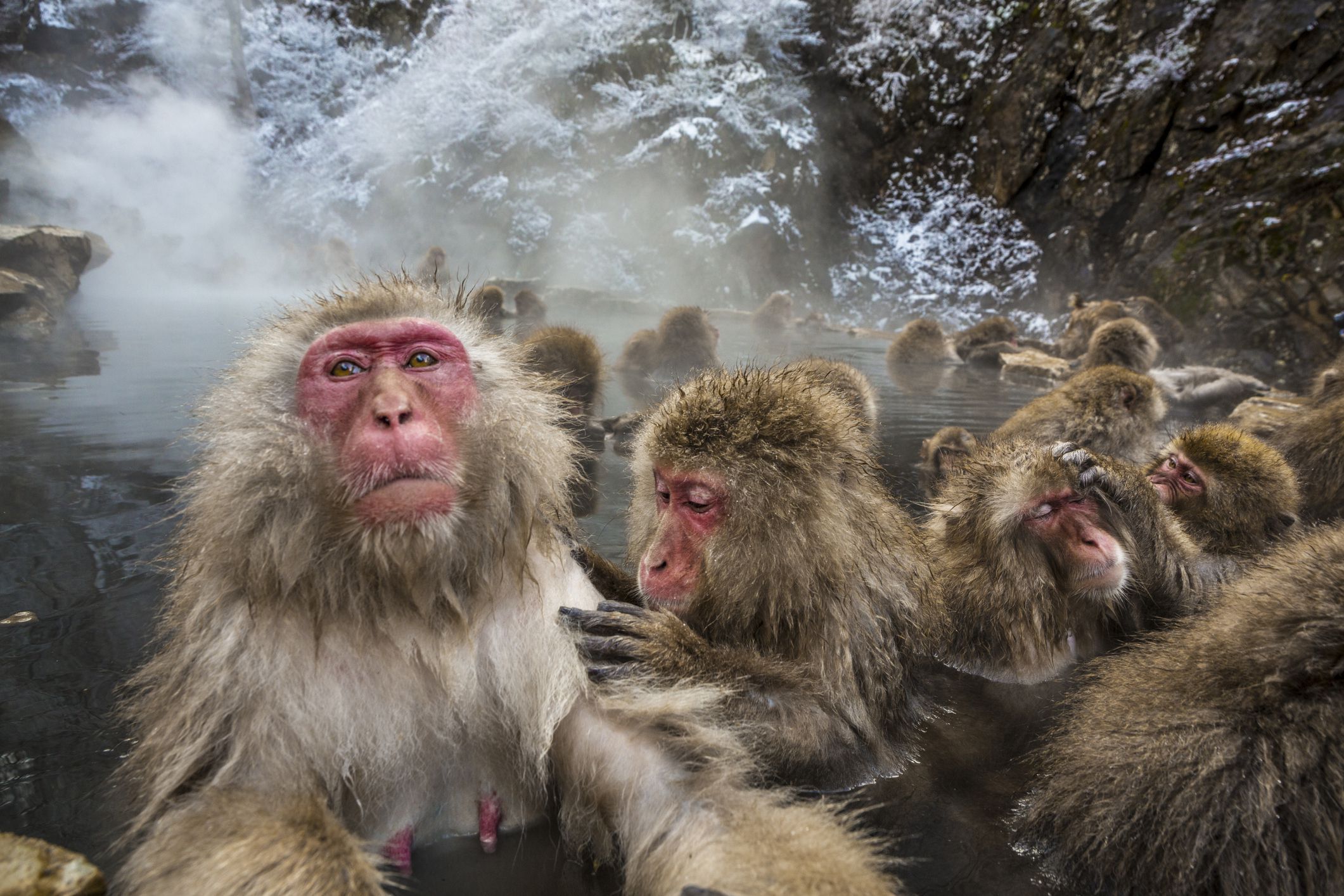
Yamanouchi, Japan Wild macaques, also known as snow monkeys, descend from higher elevations in winter to sit in this park’s hot springs during the day, and go back into the forest at night. The only monkeys in the world known to engage in such behavior, website Snow Monkey Resorts notes that the animals learned the practice from watching humans do it.
